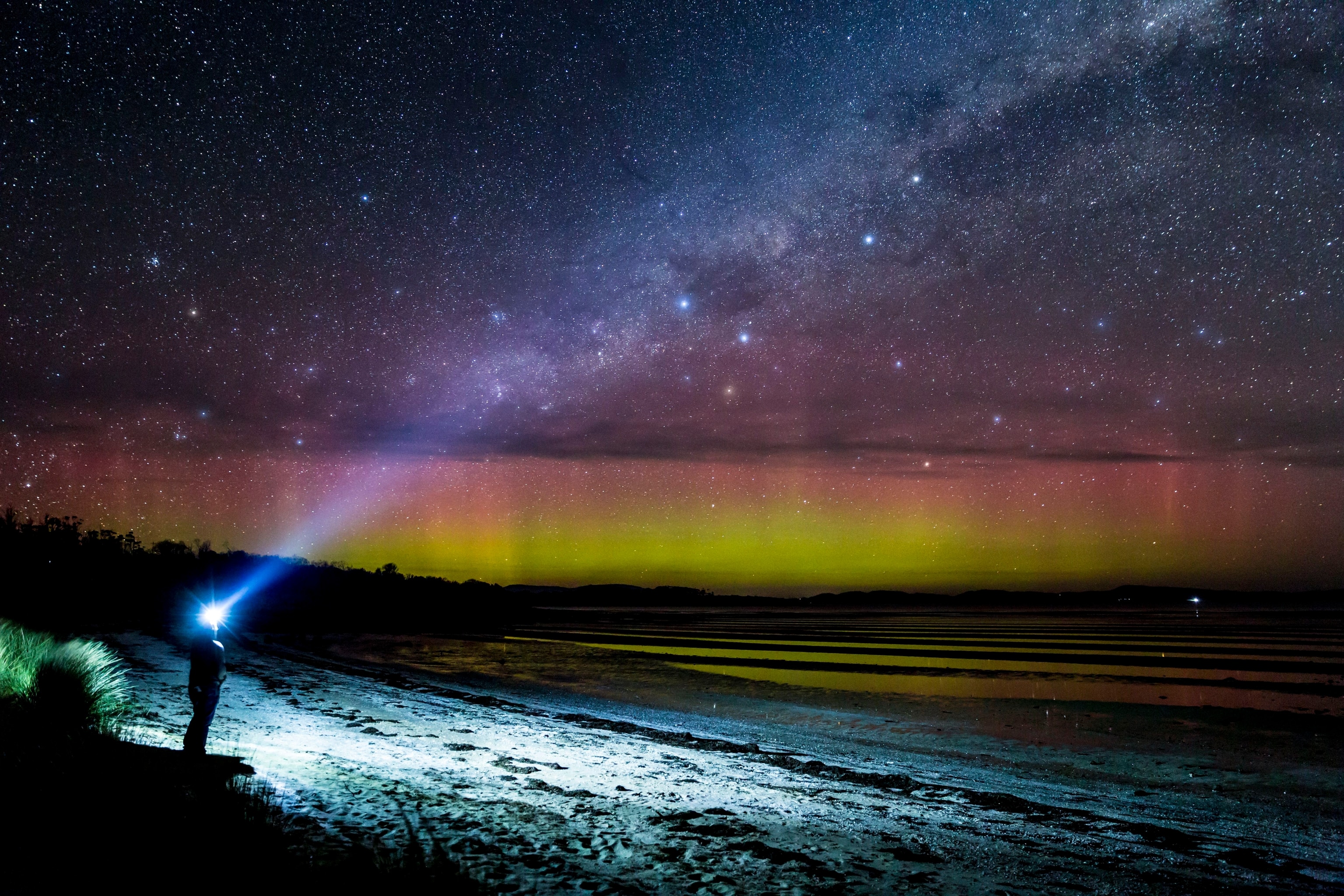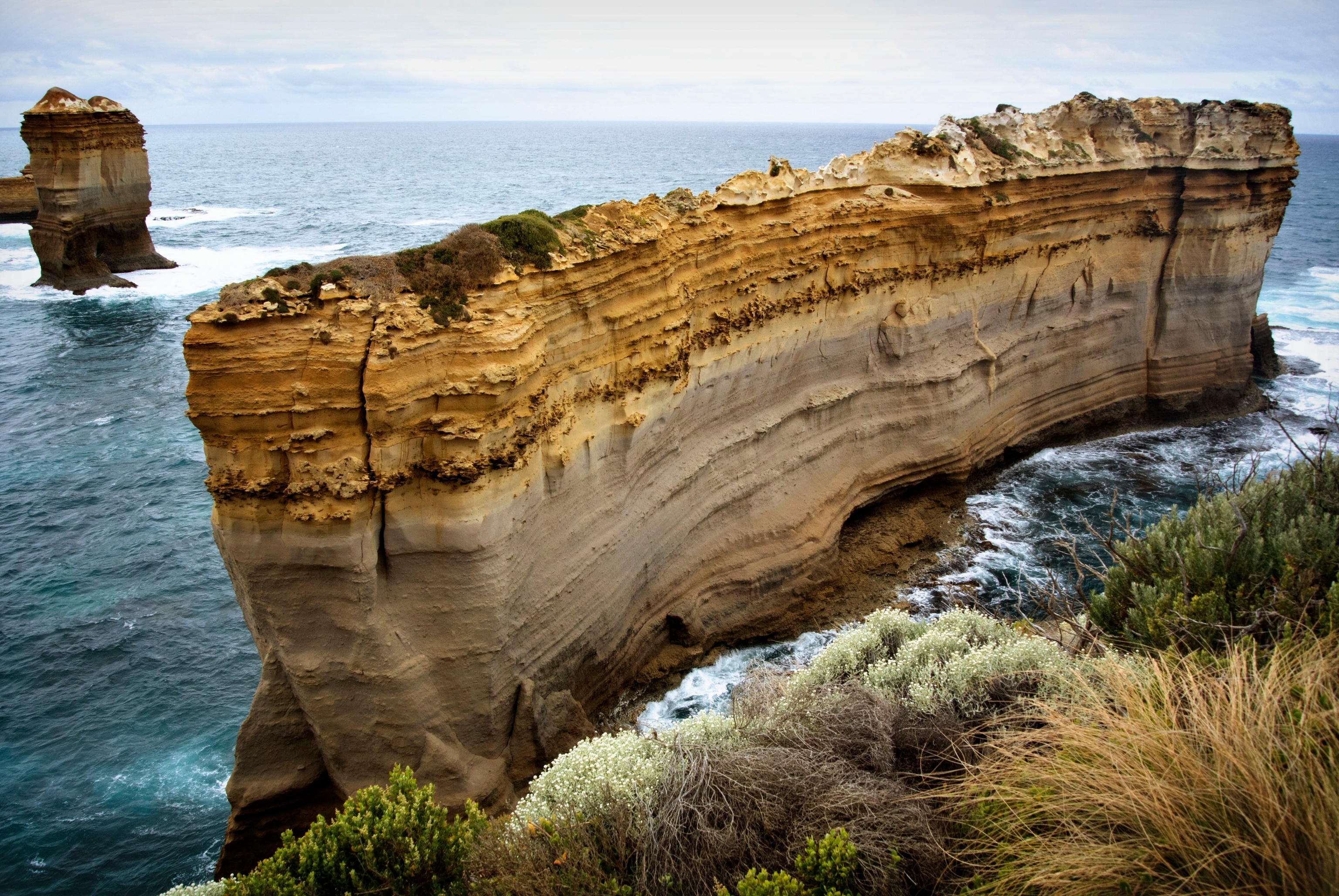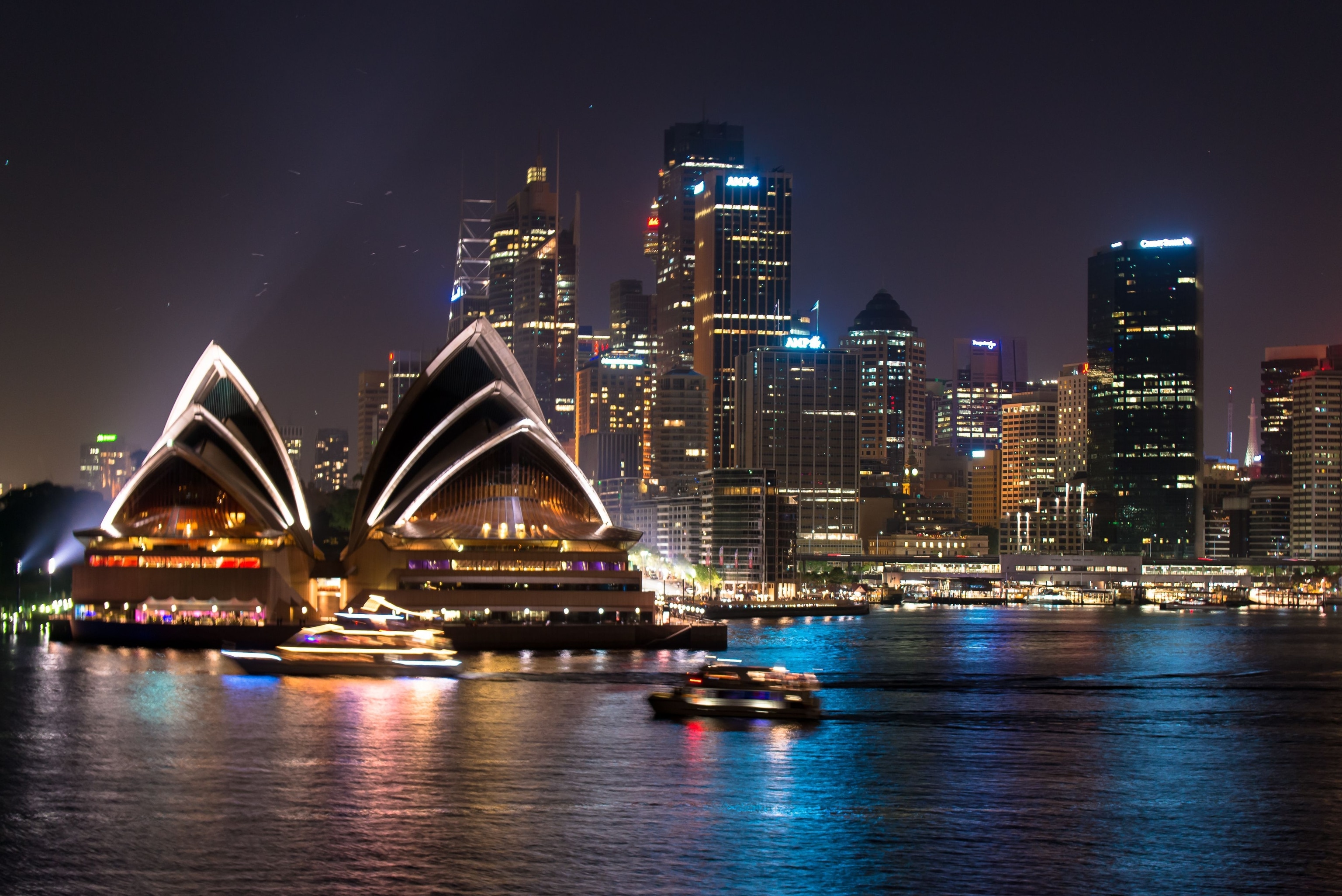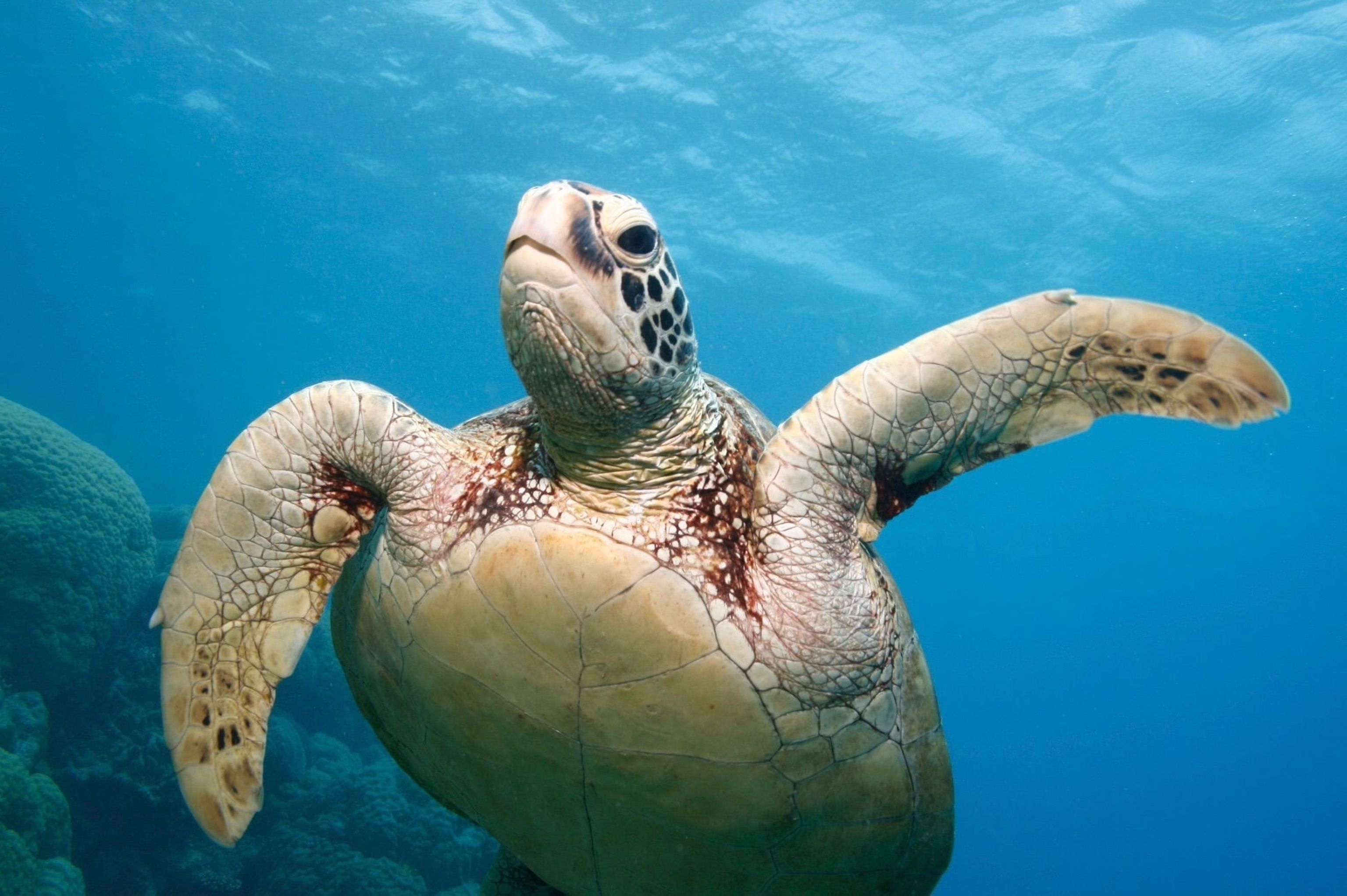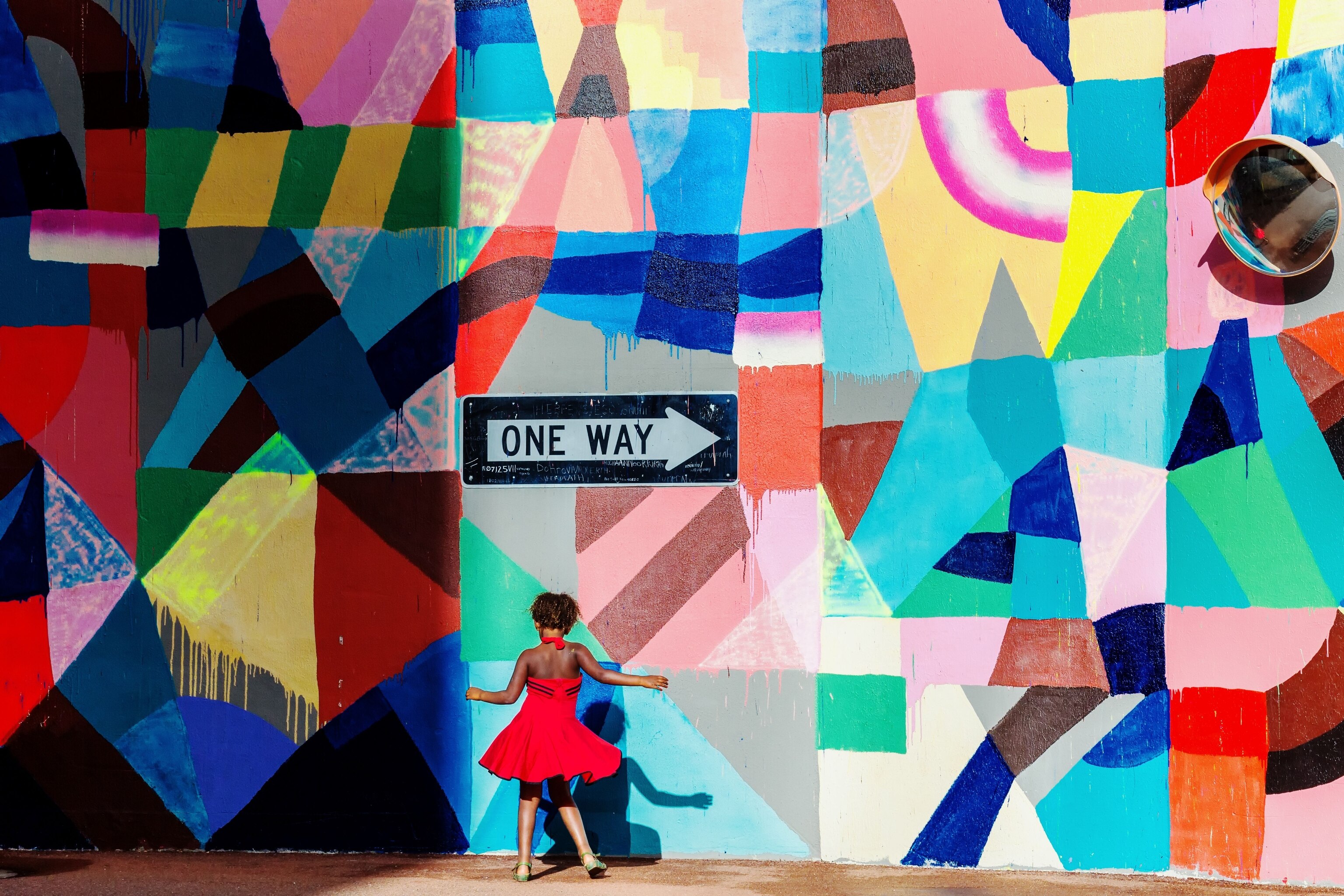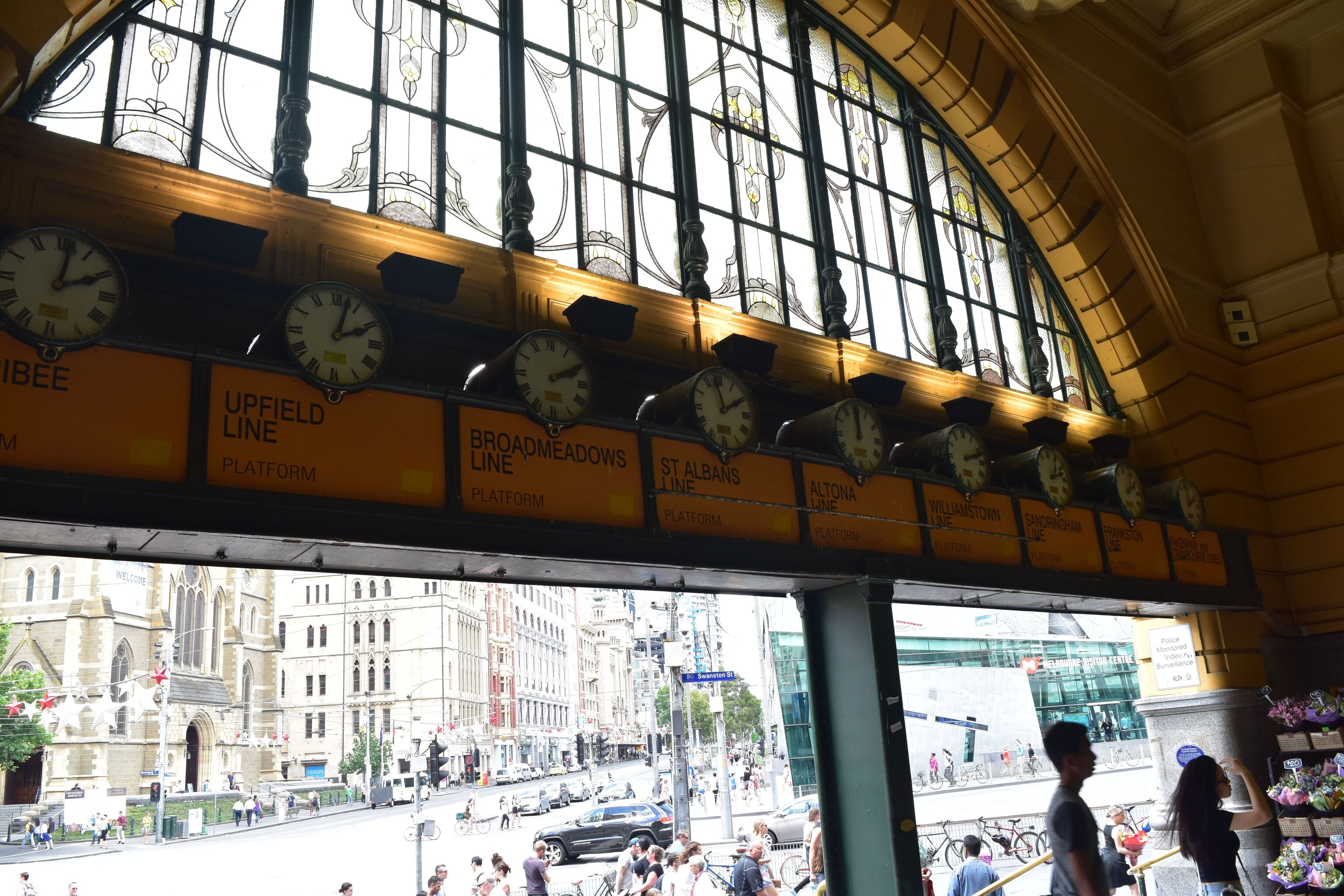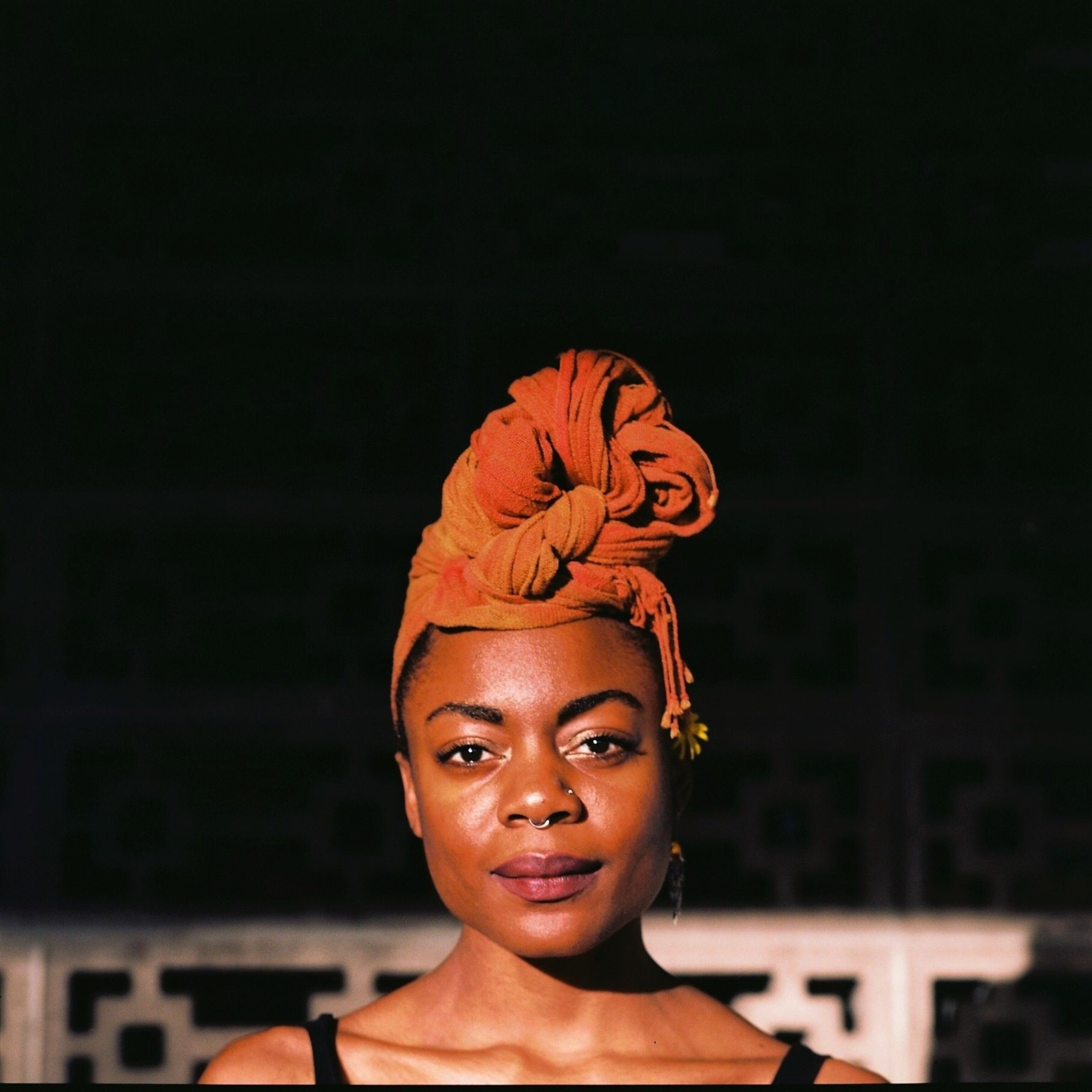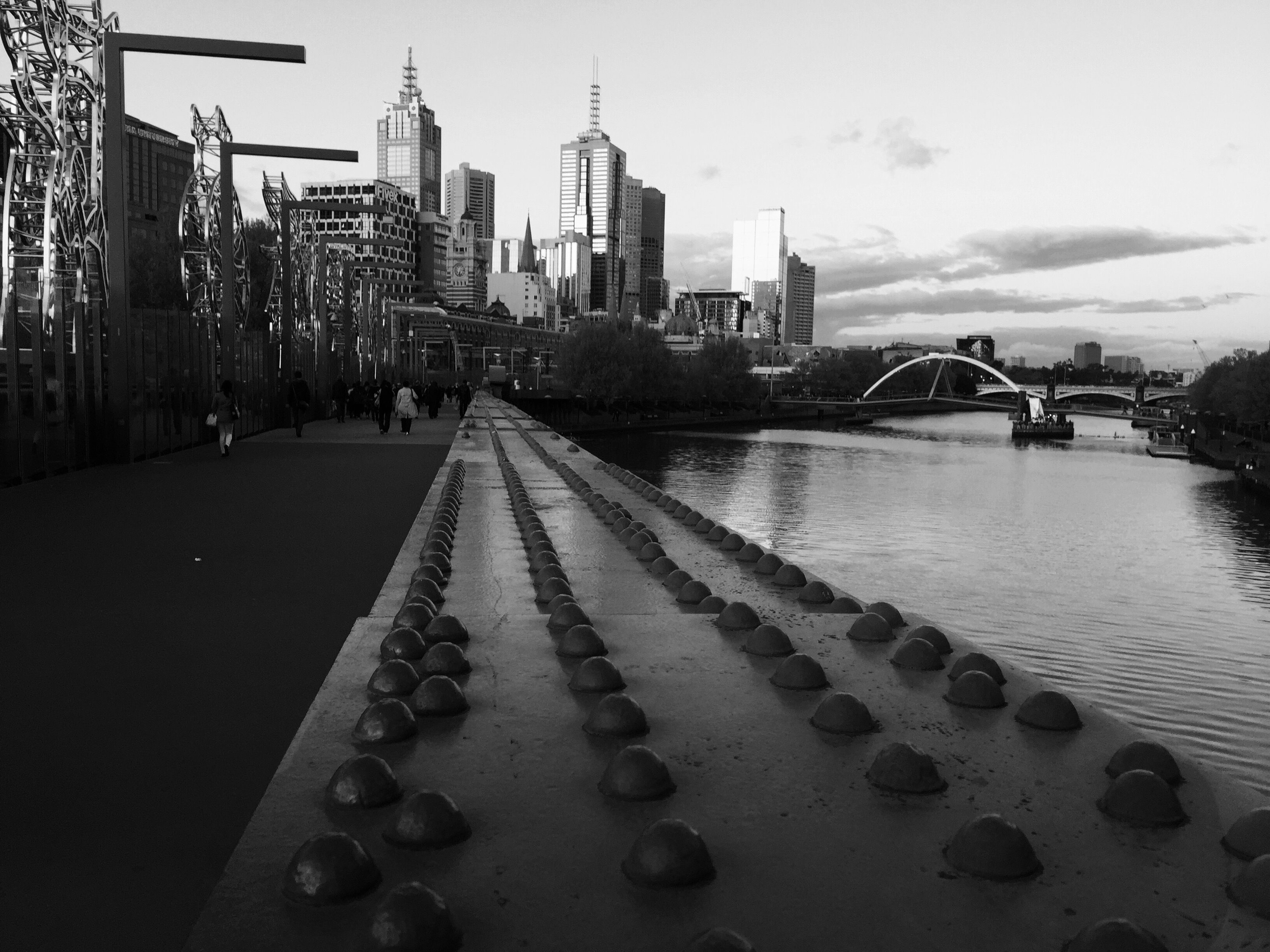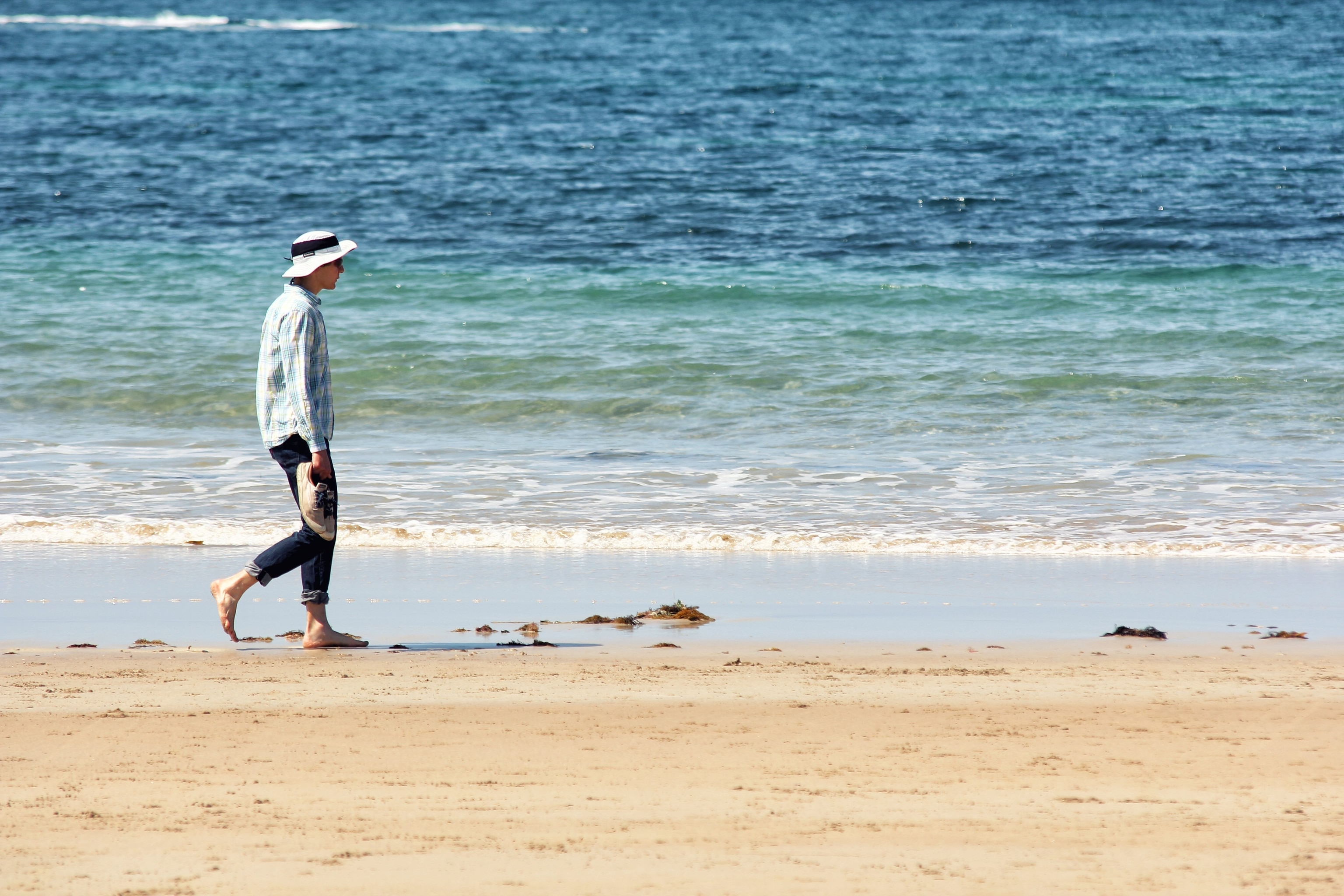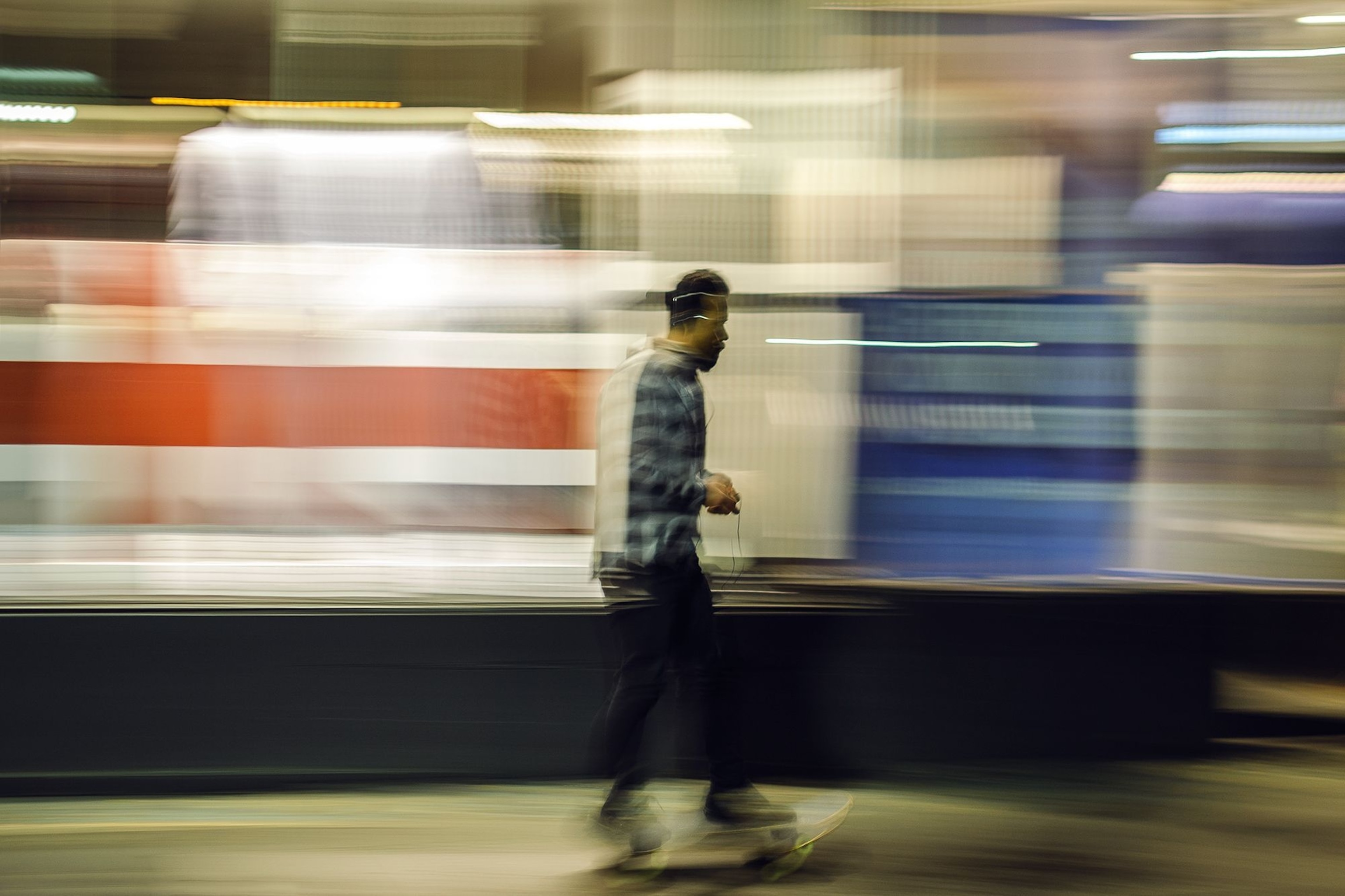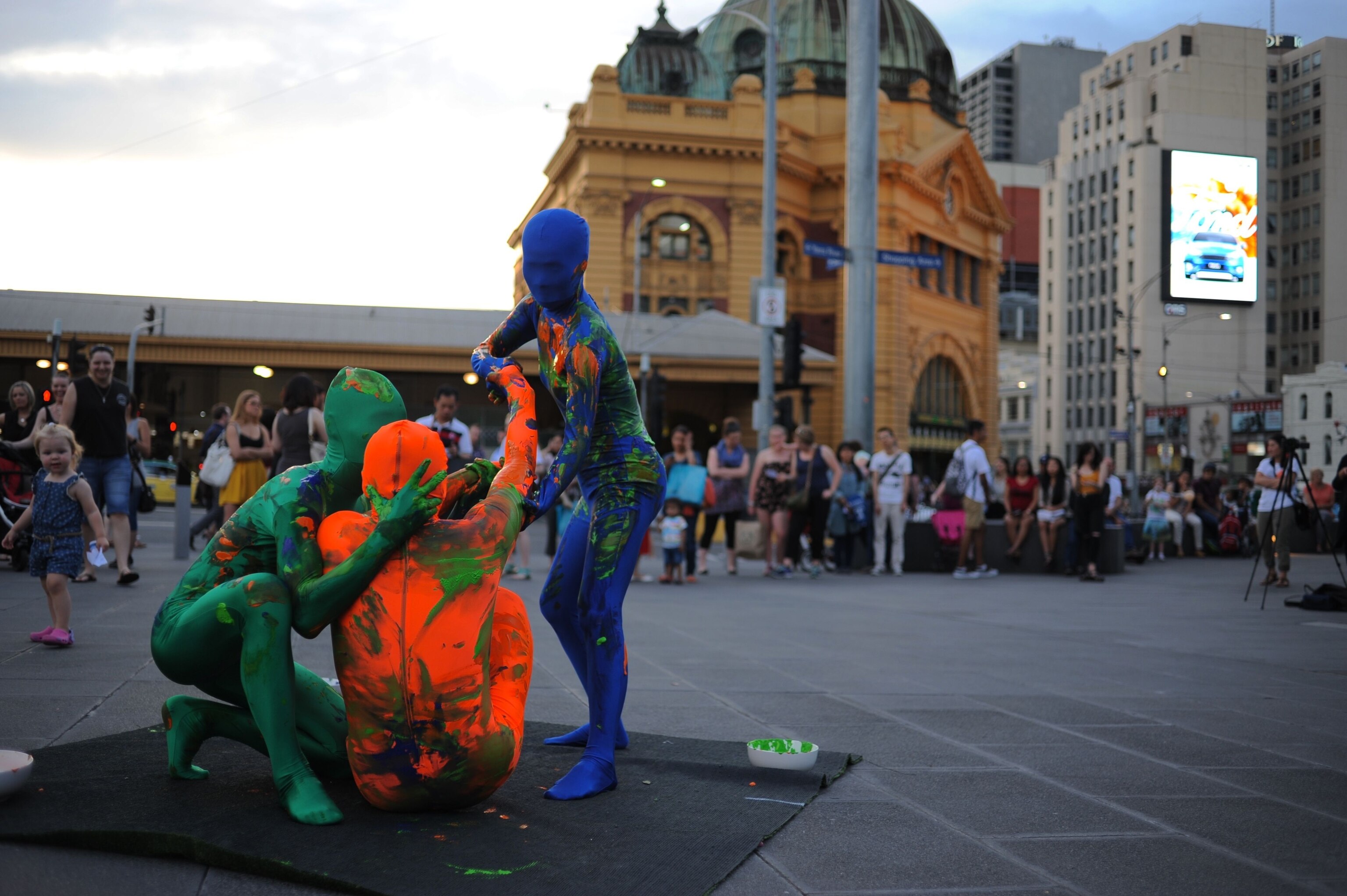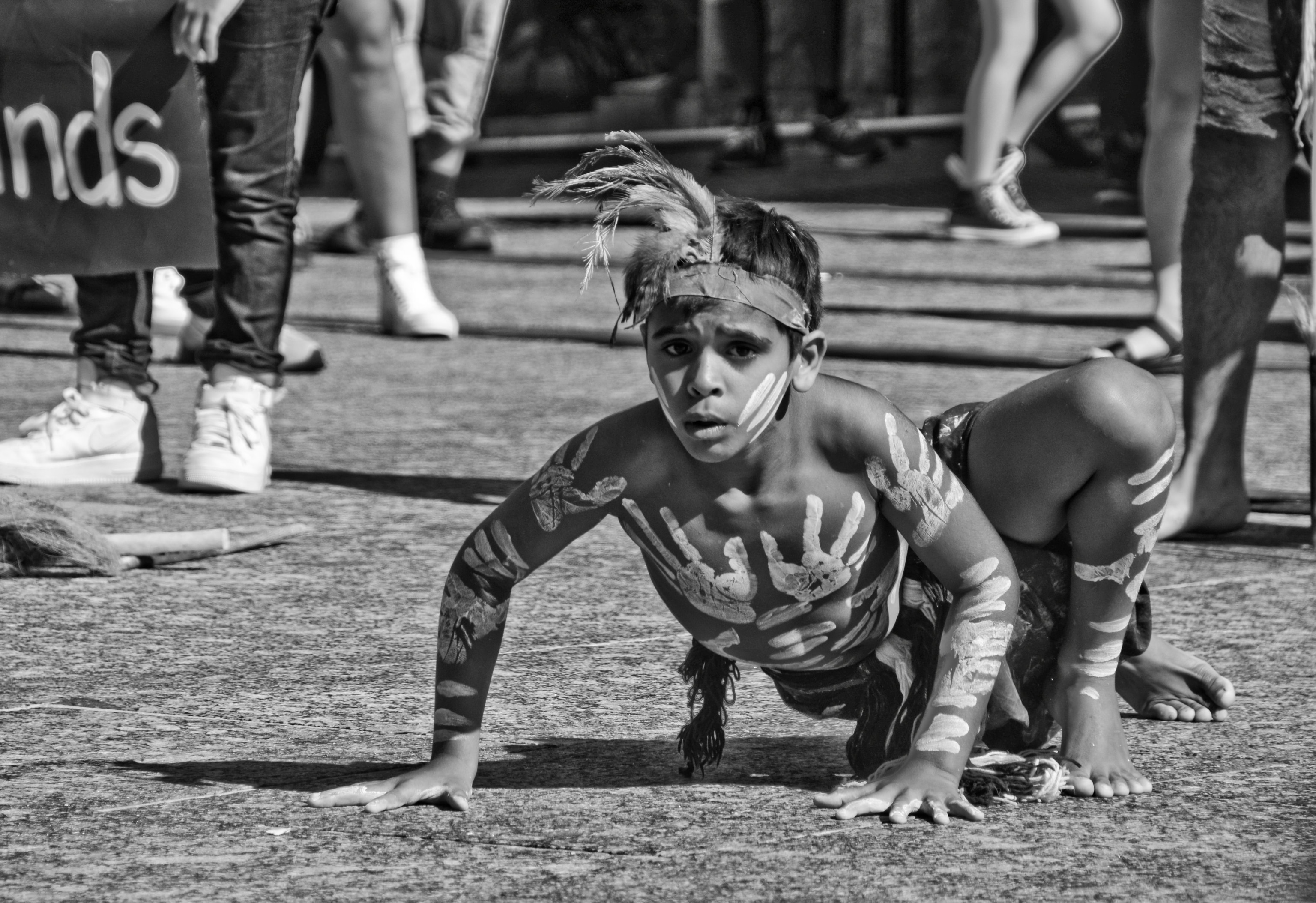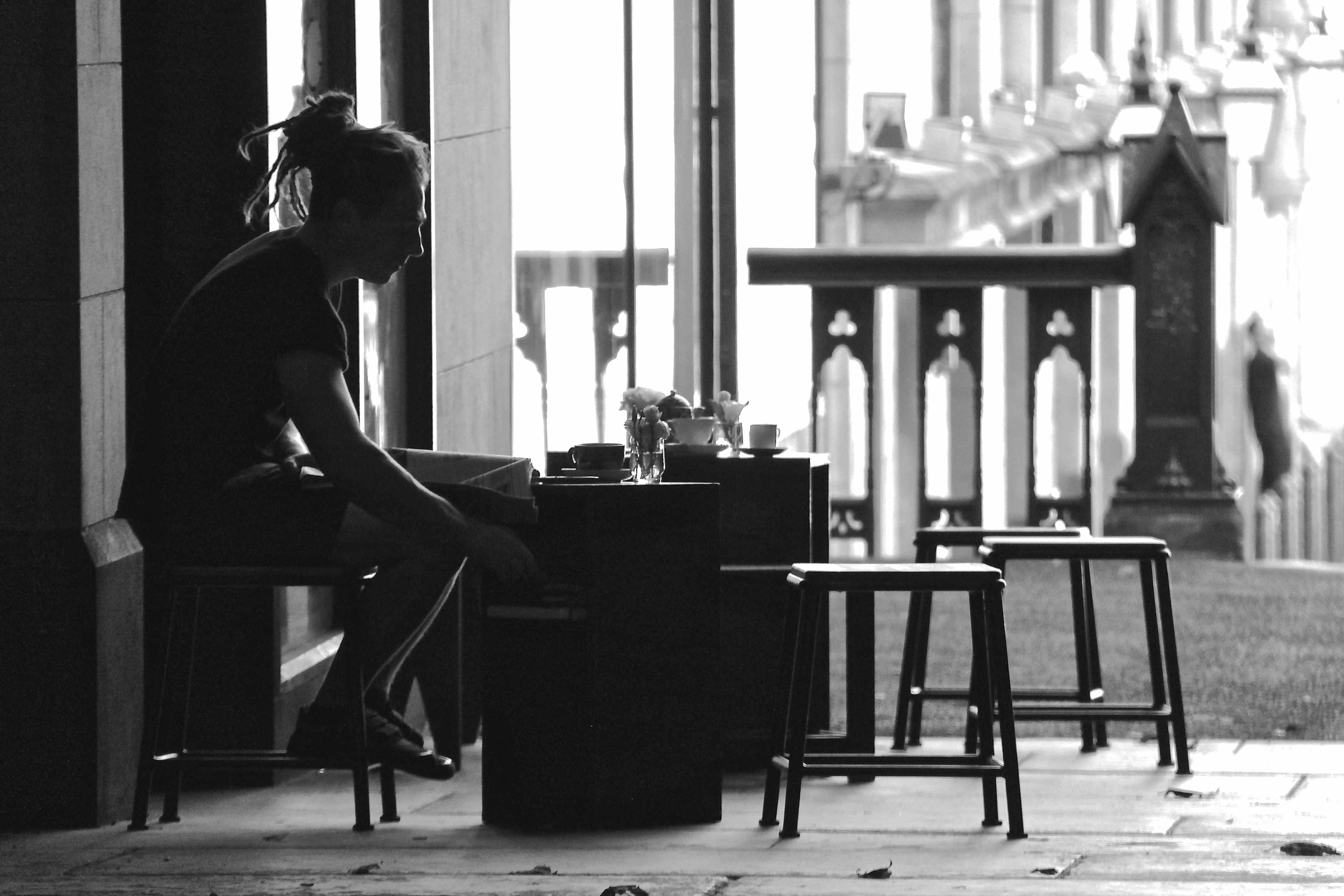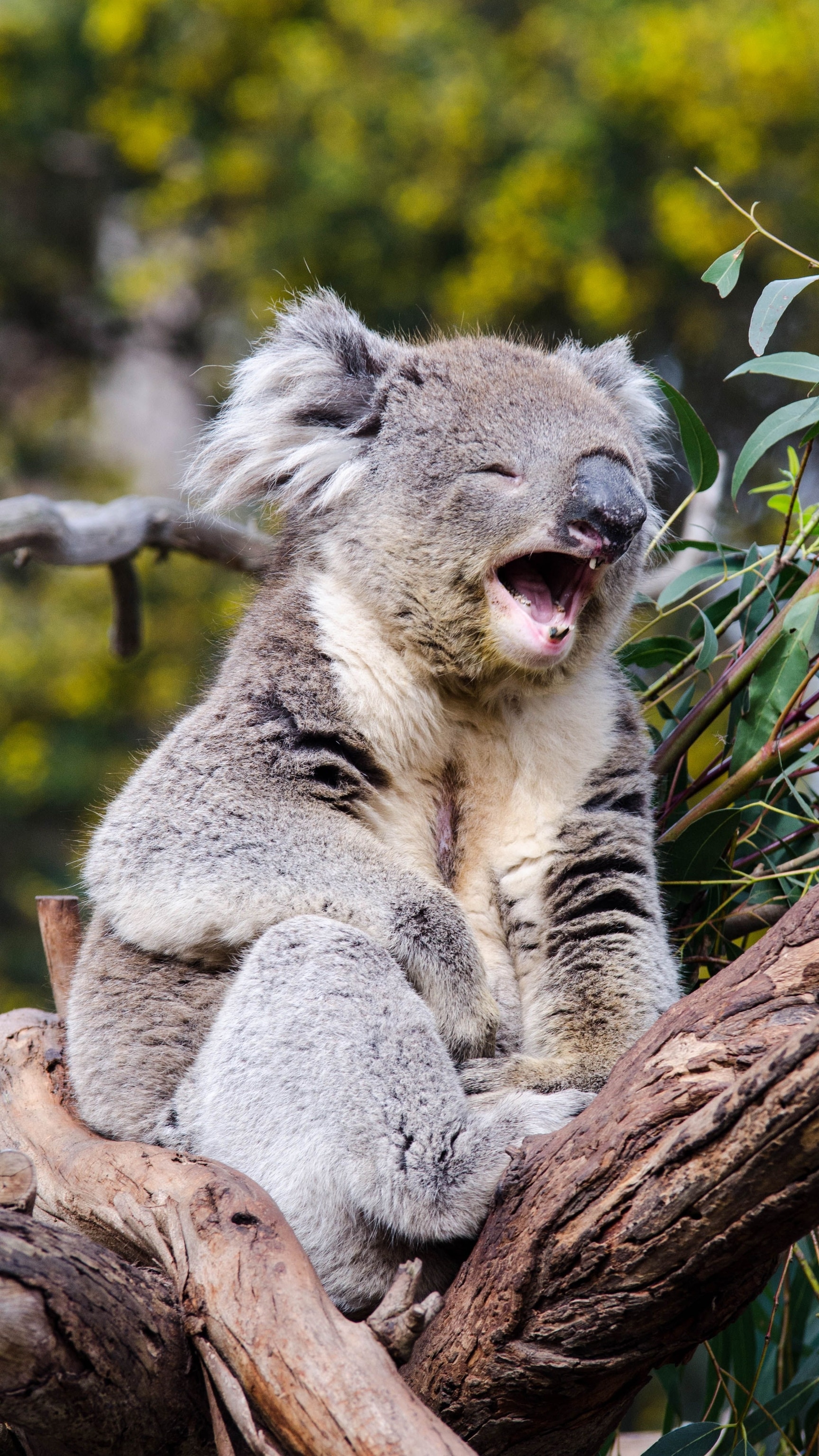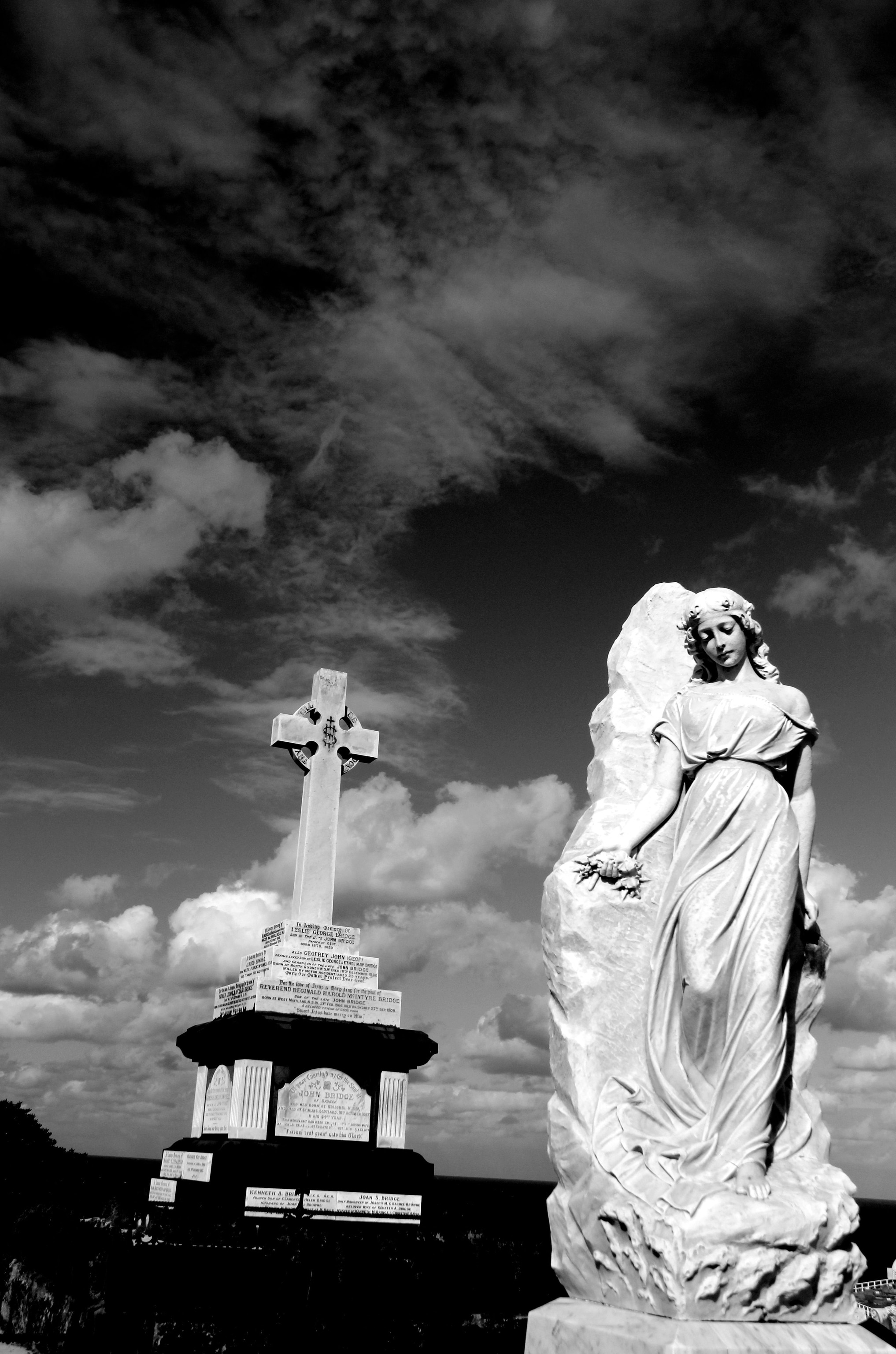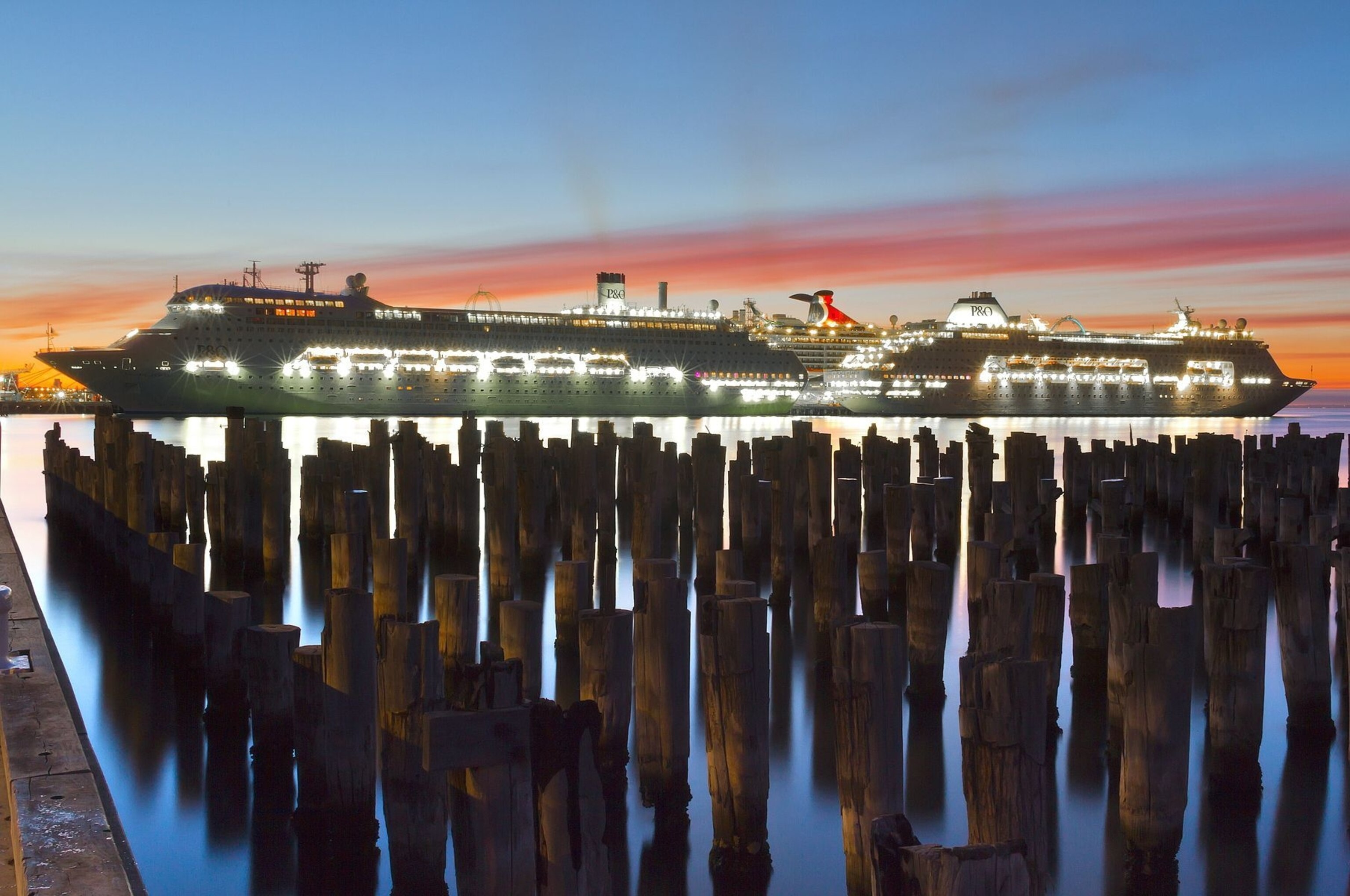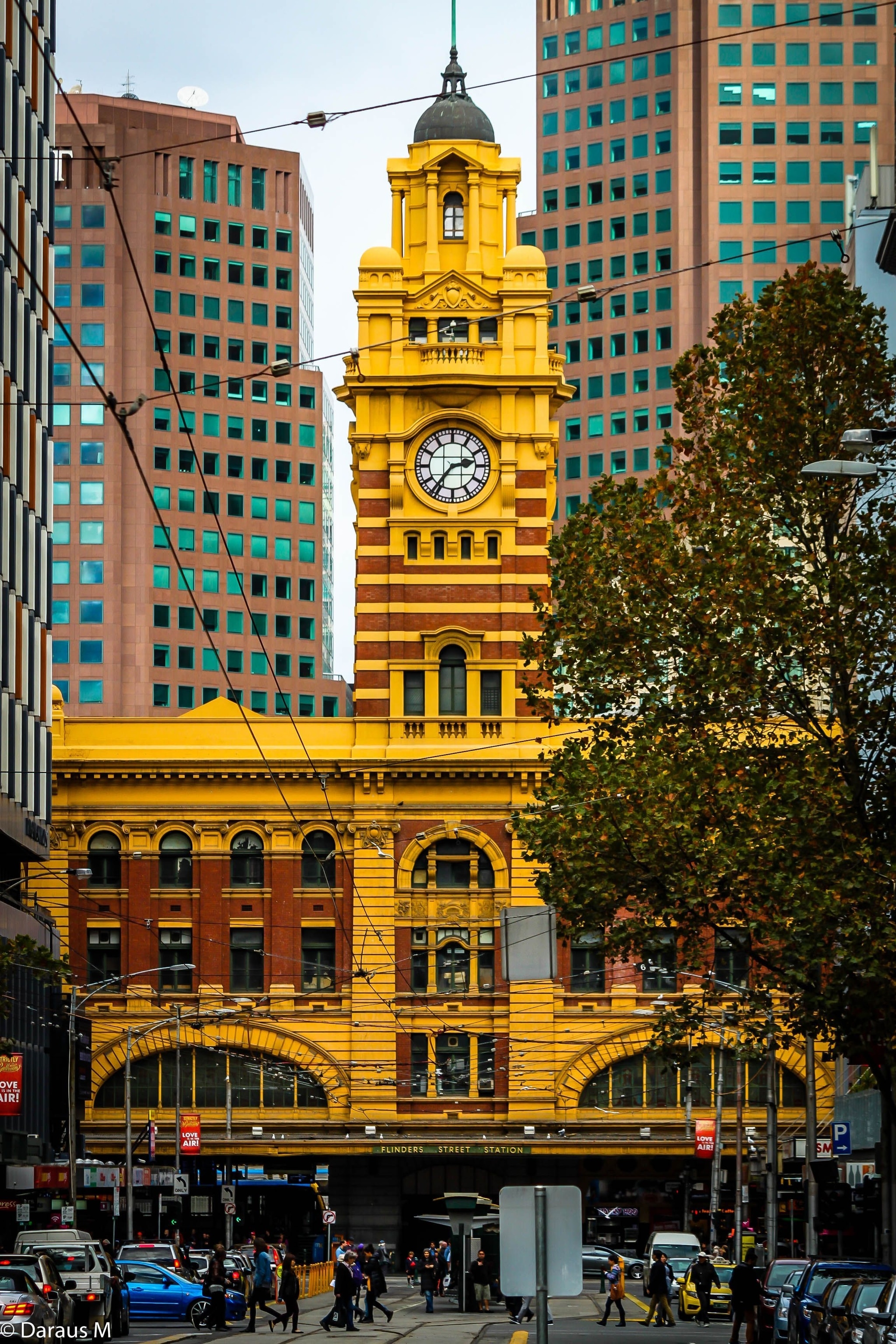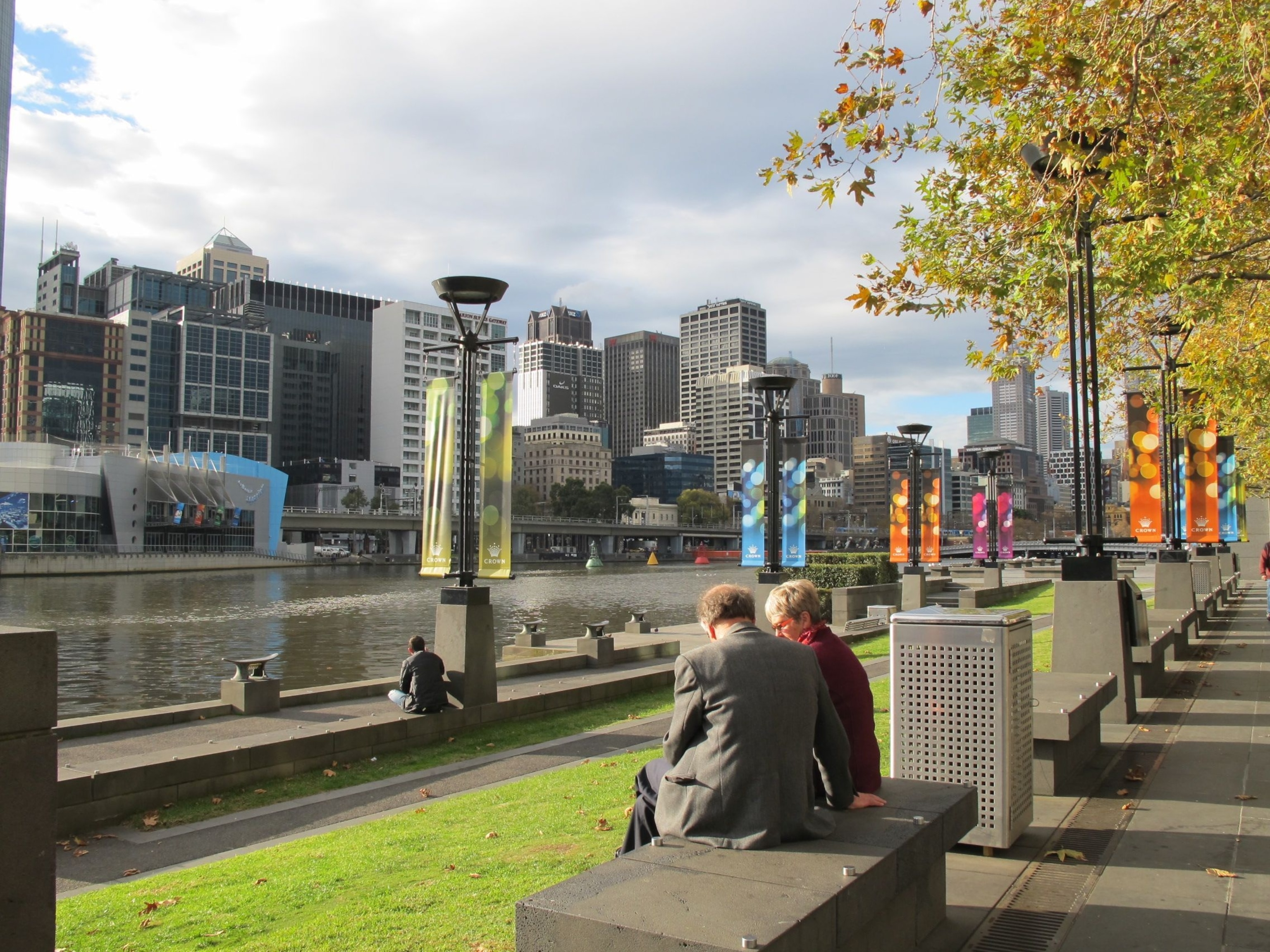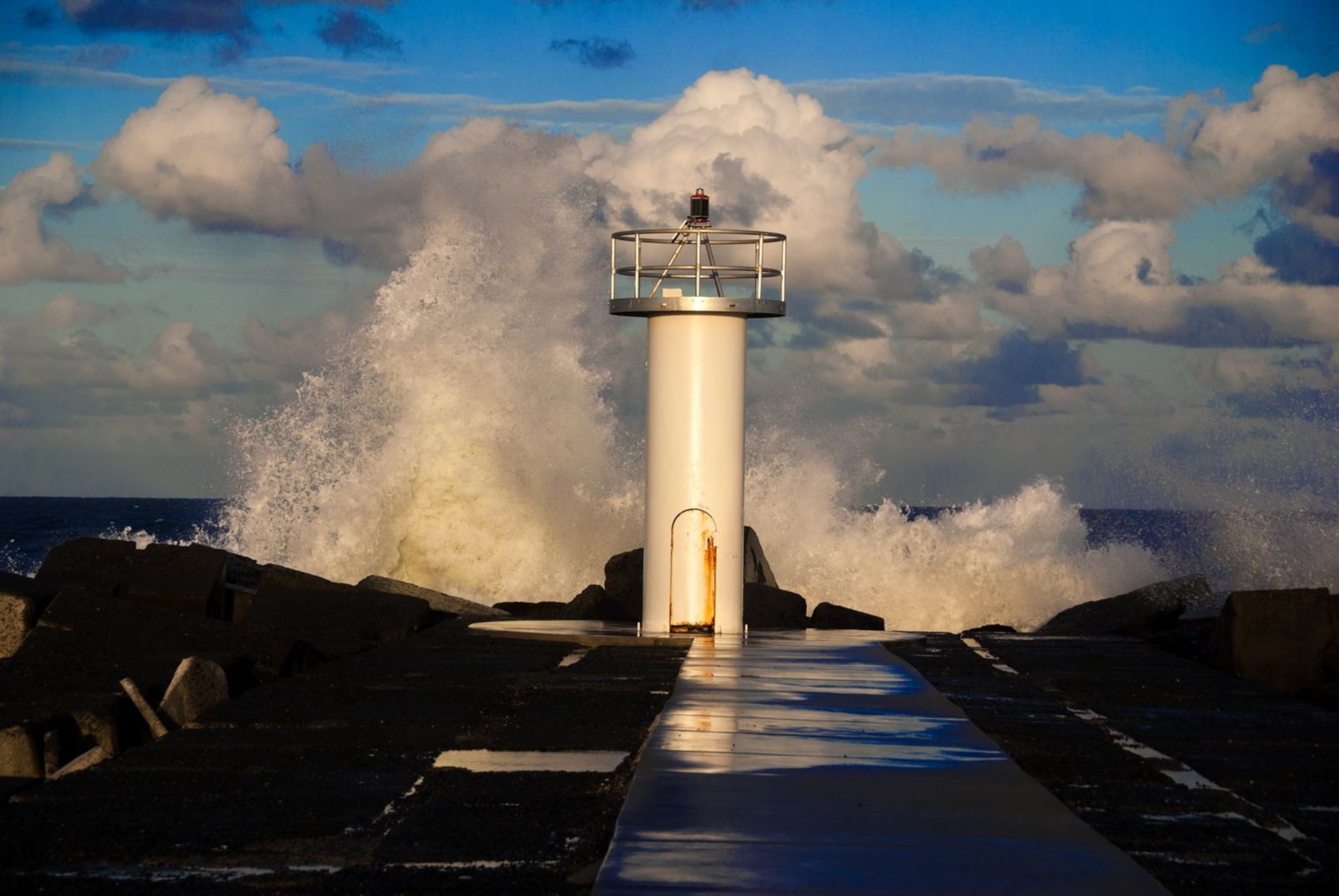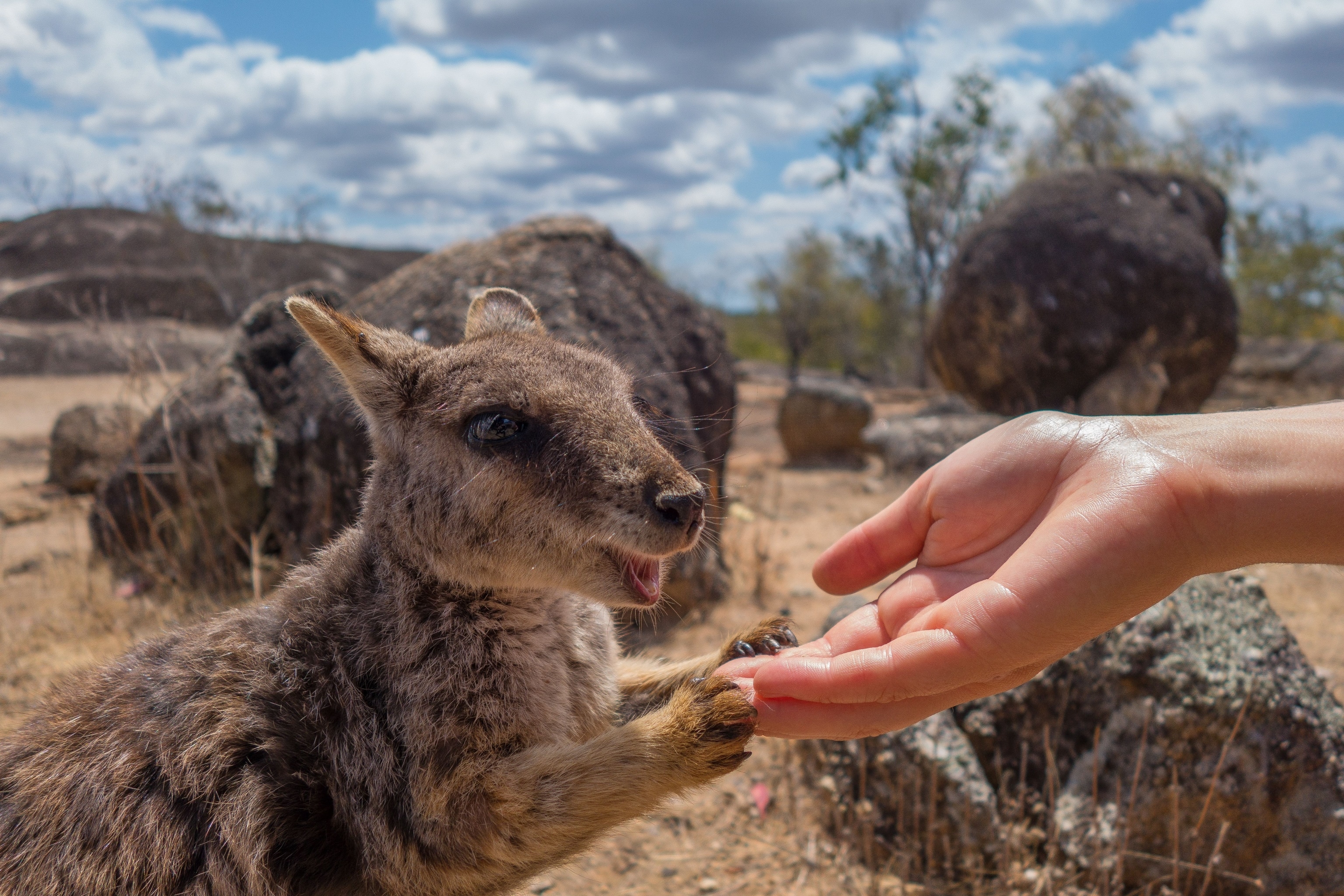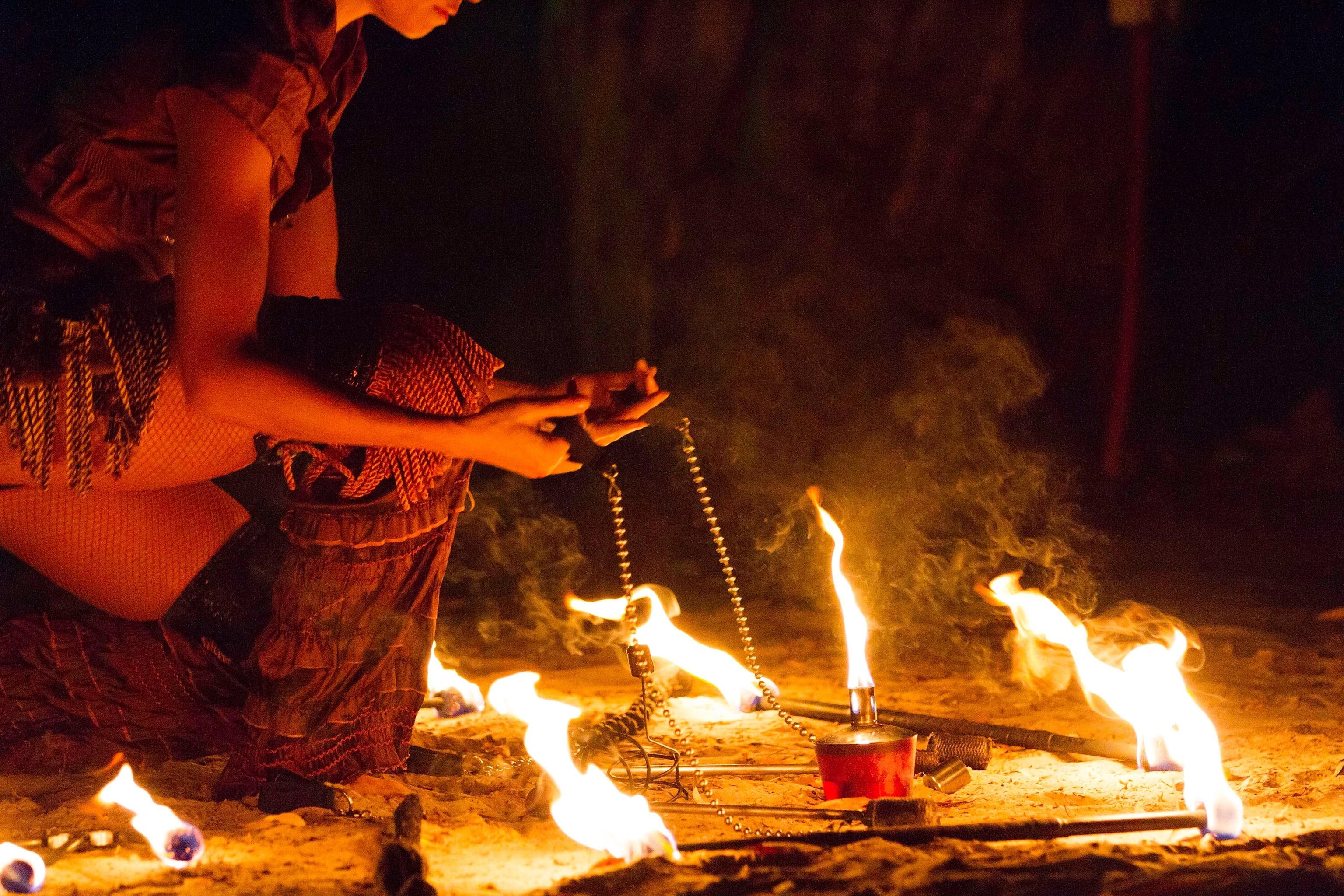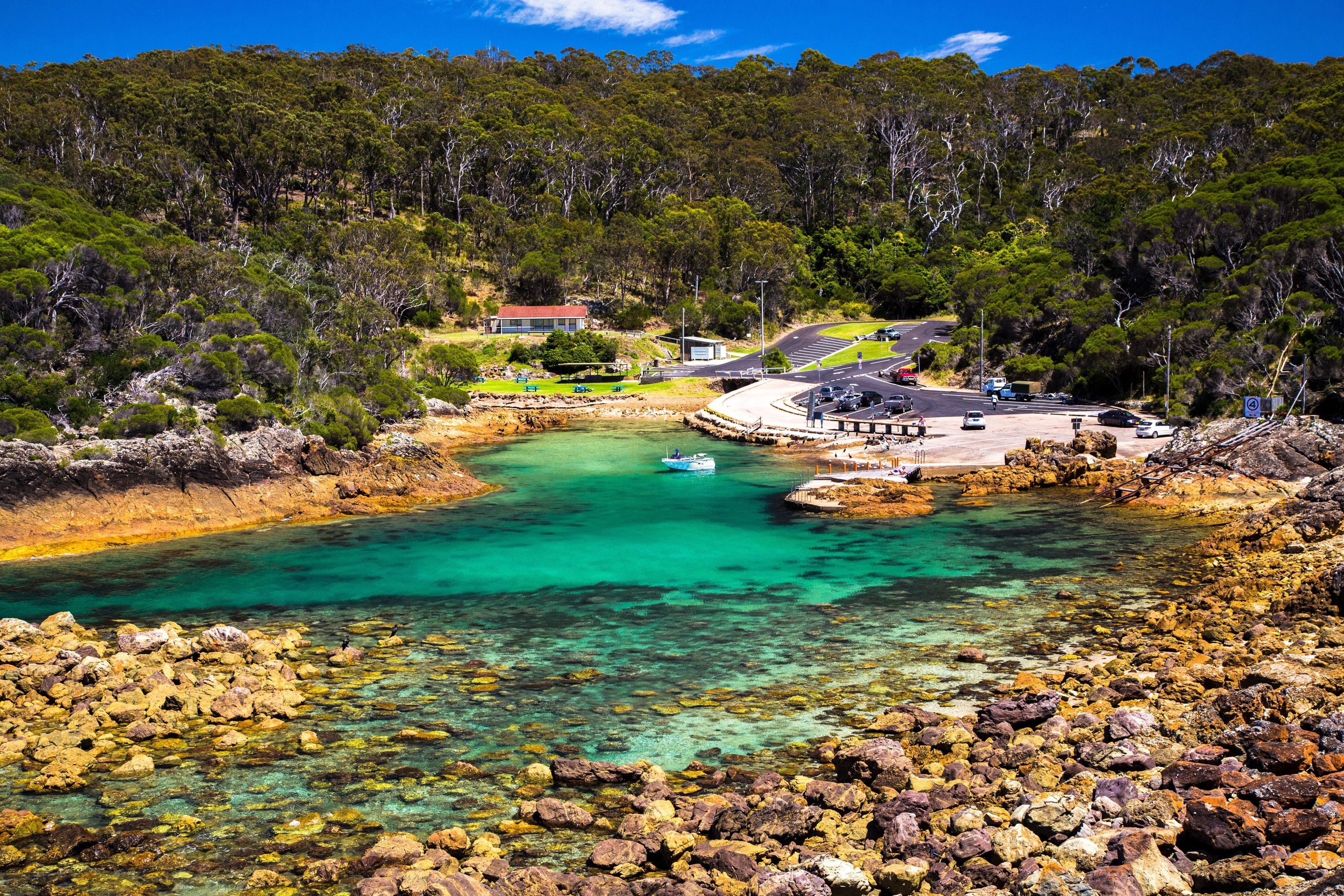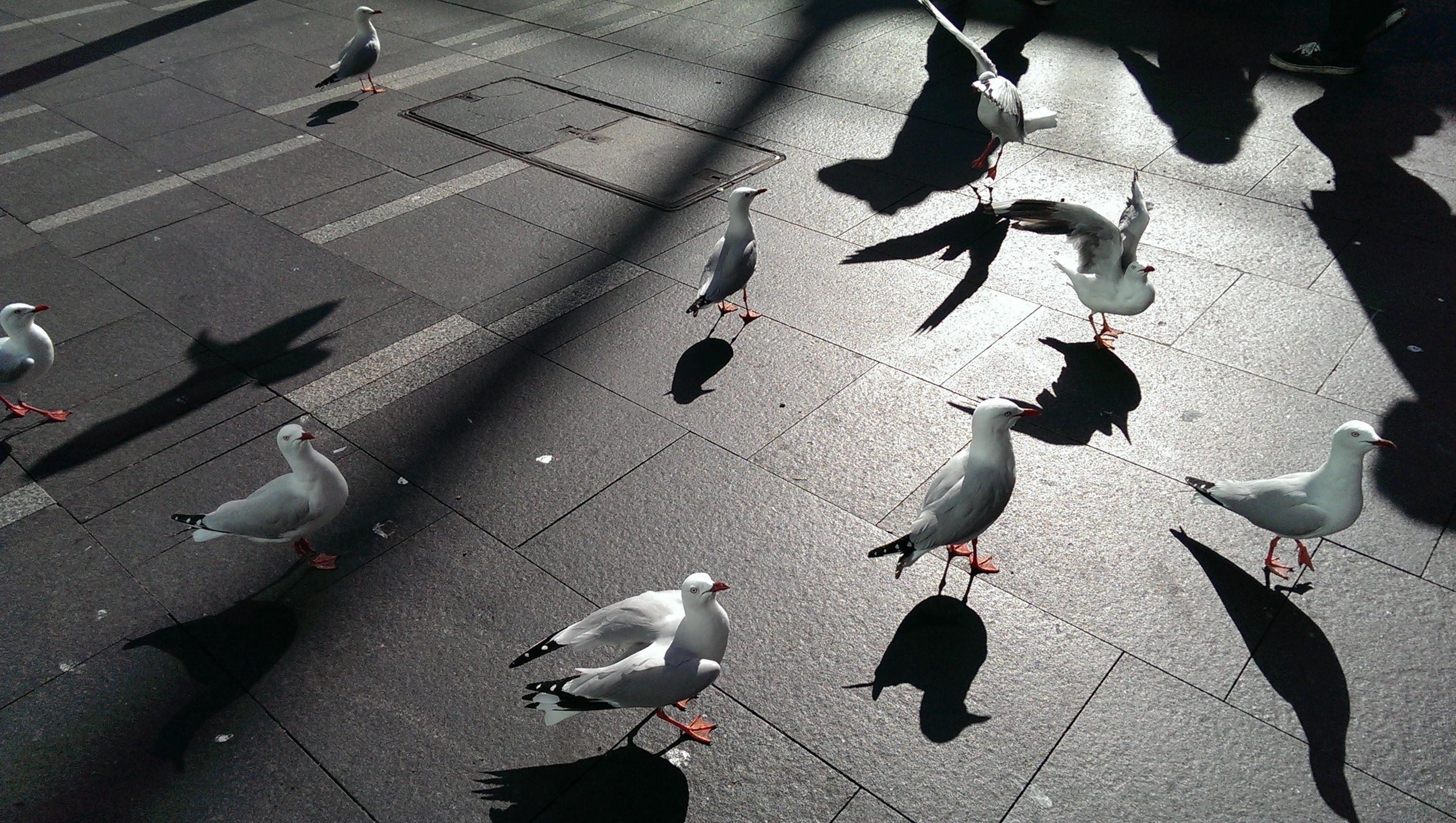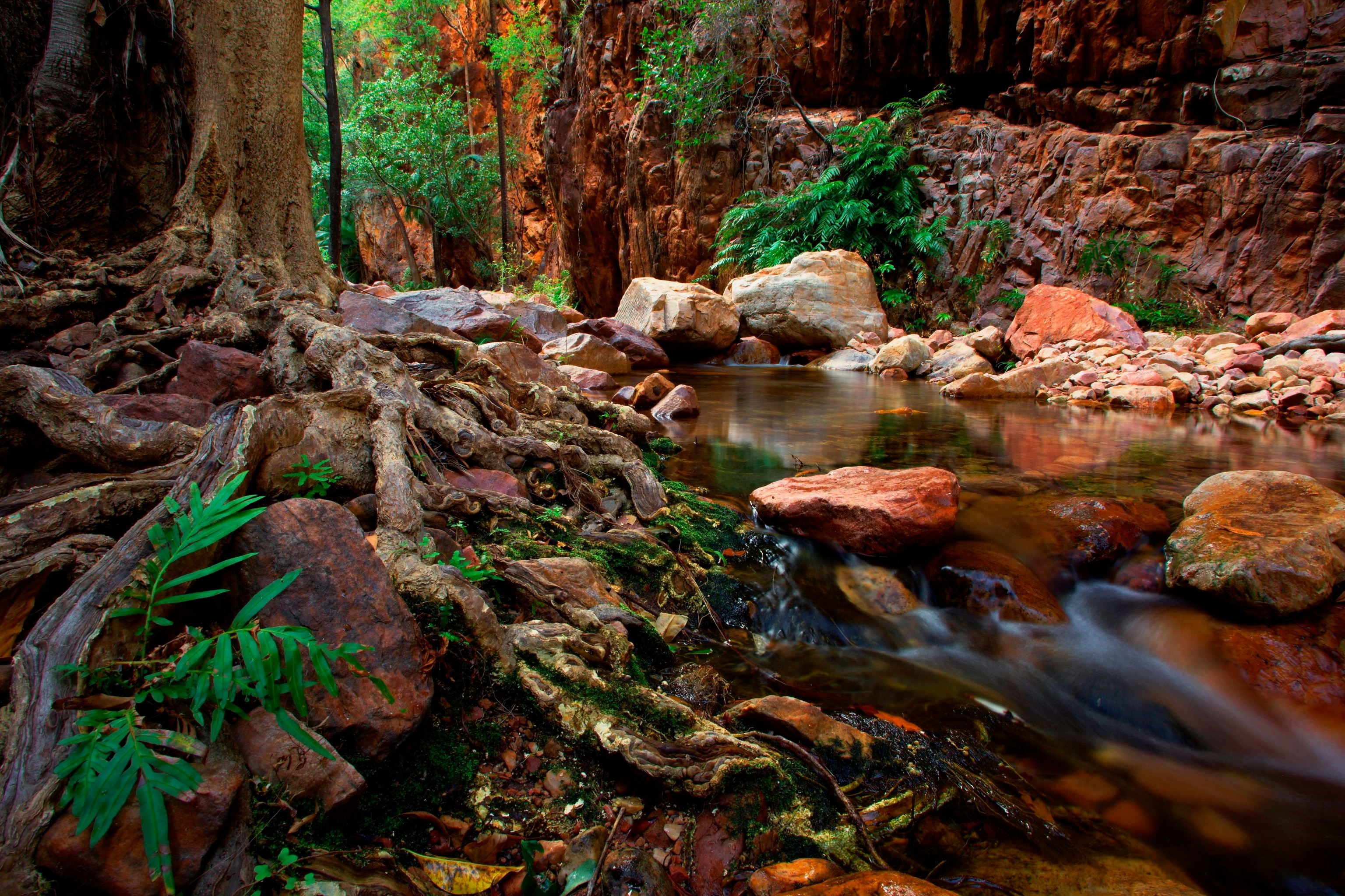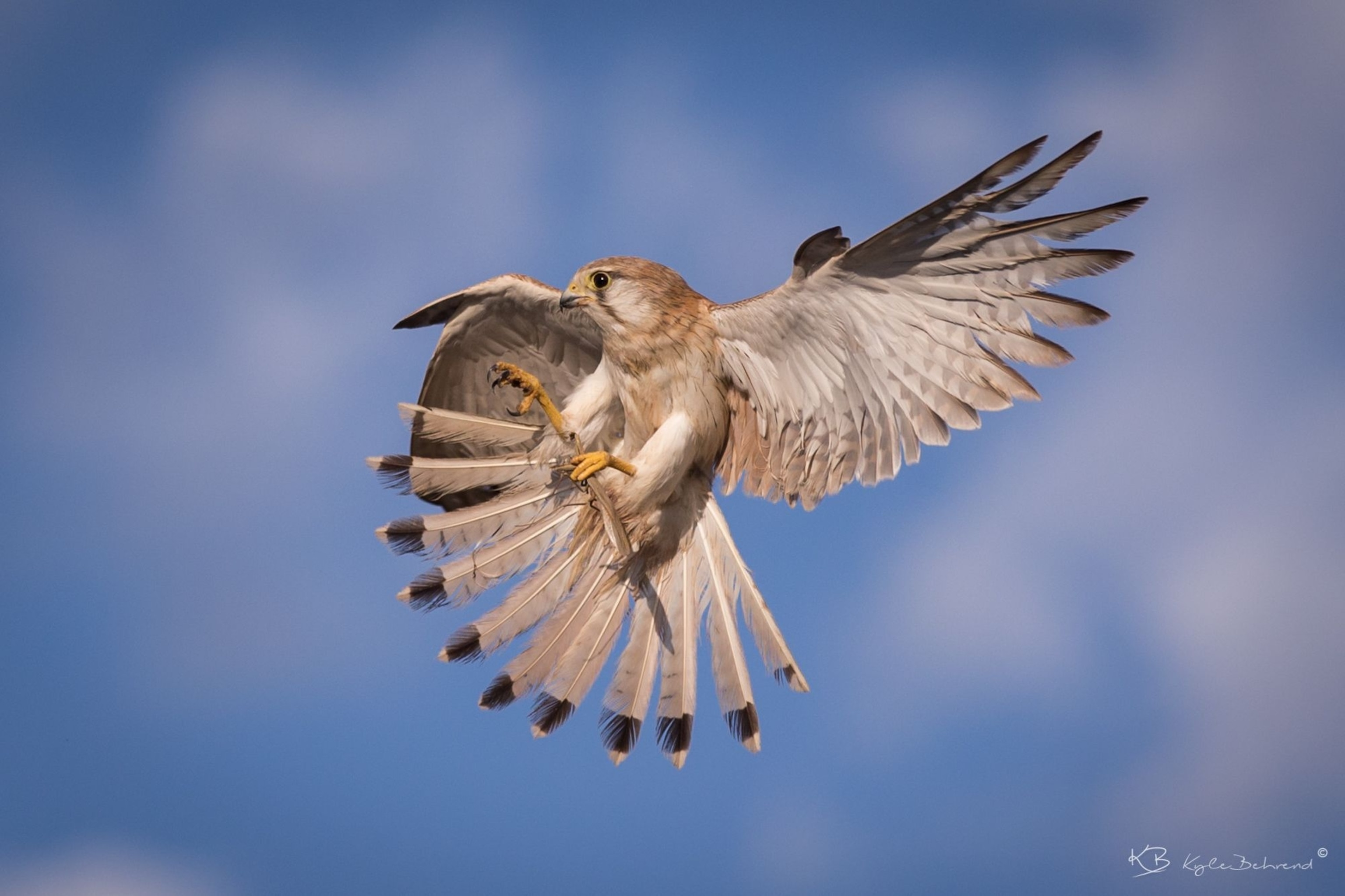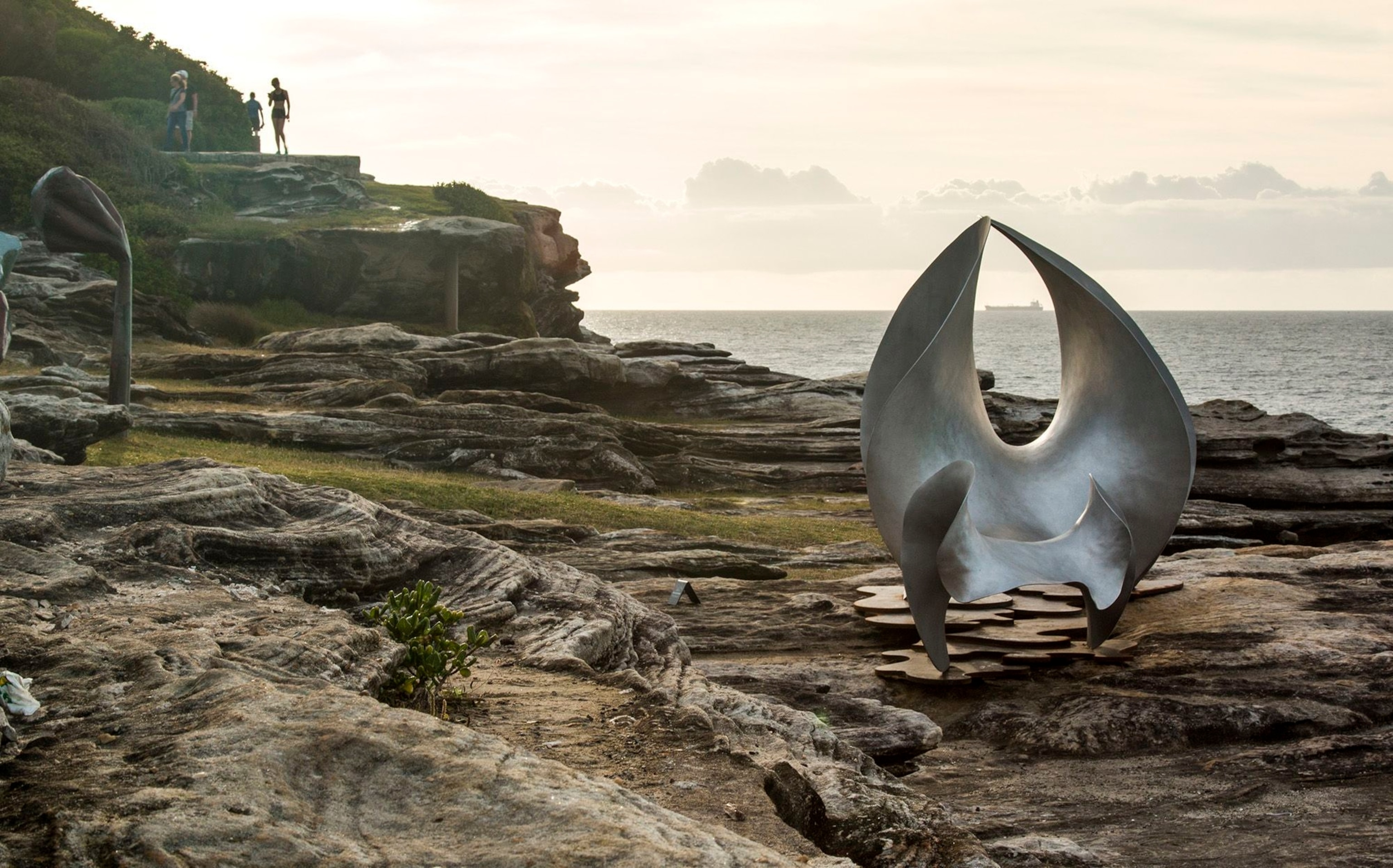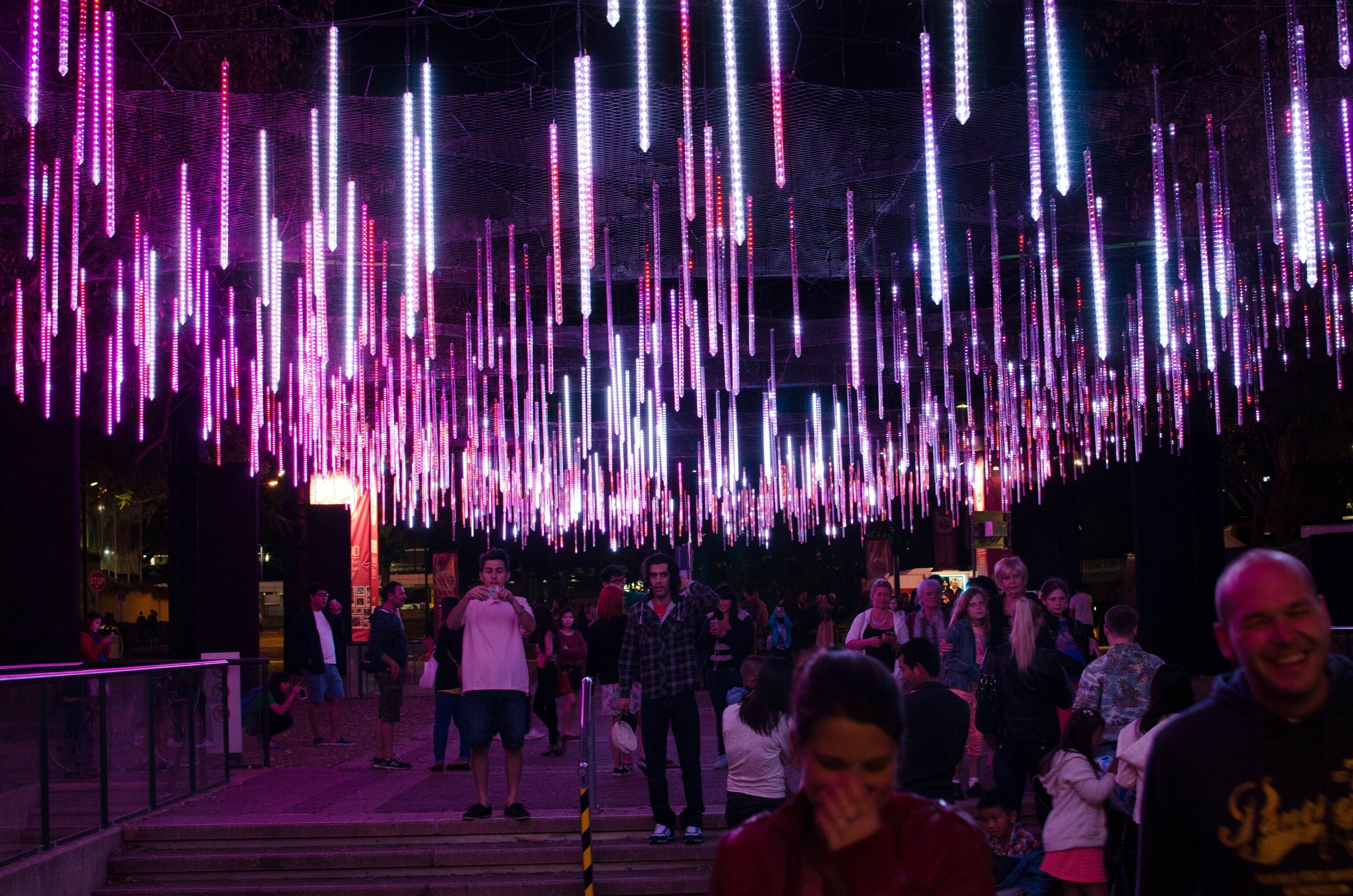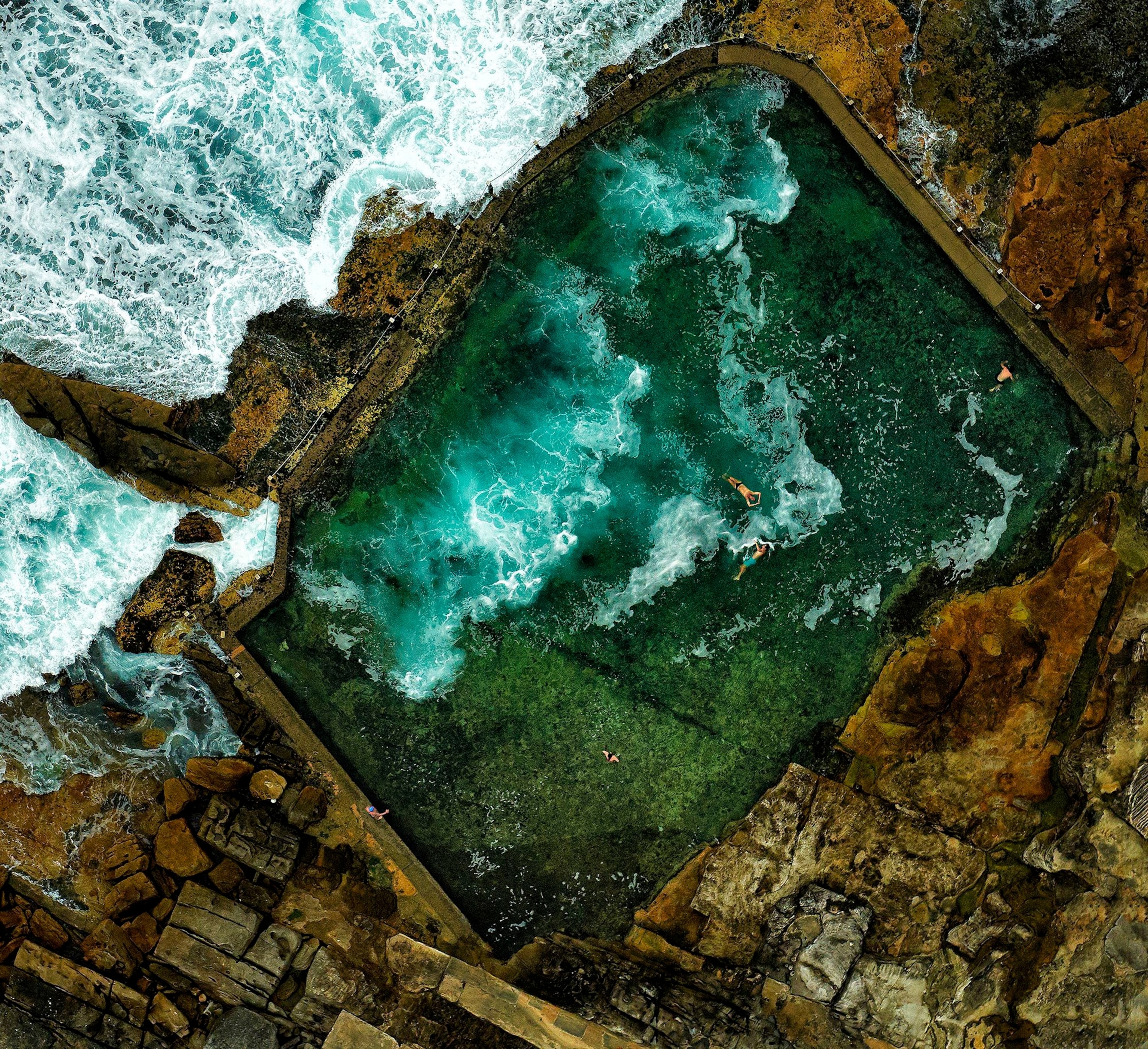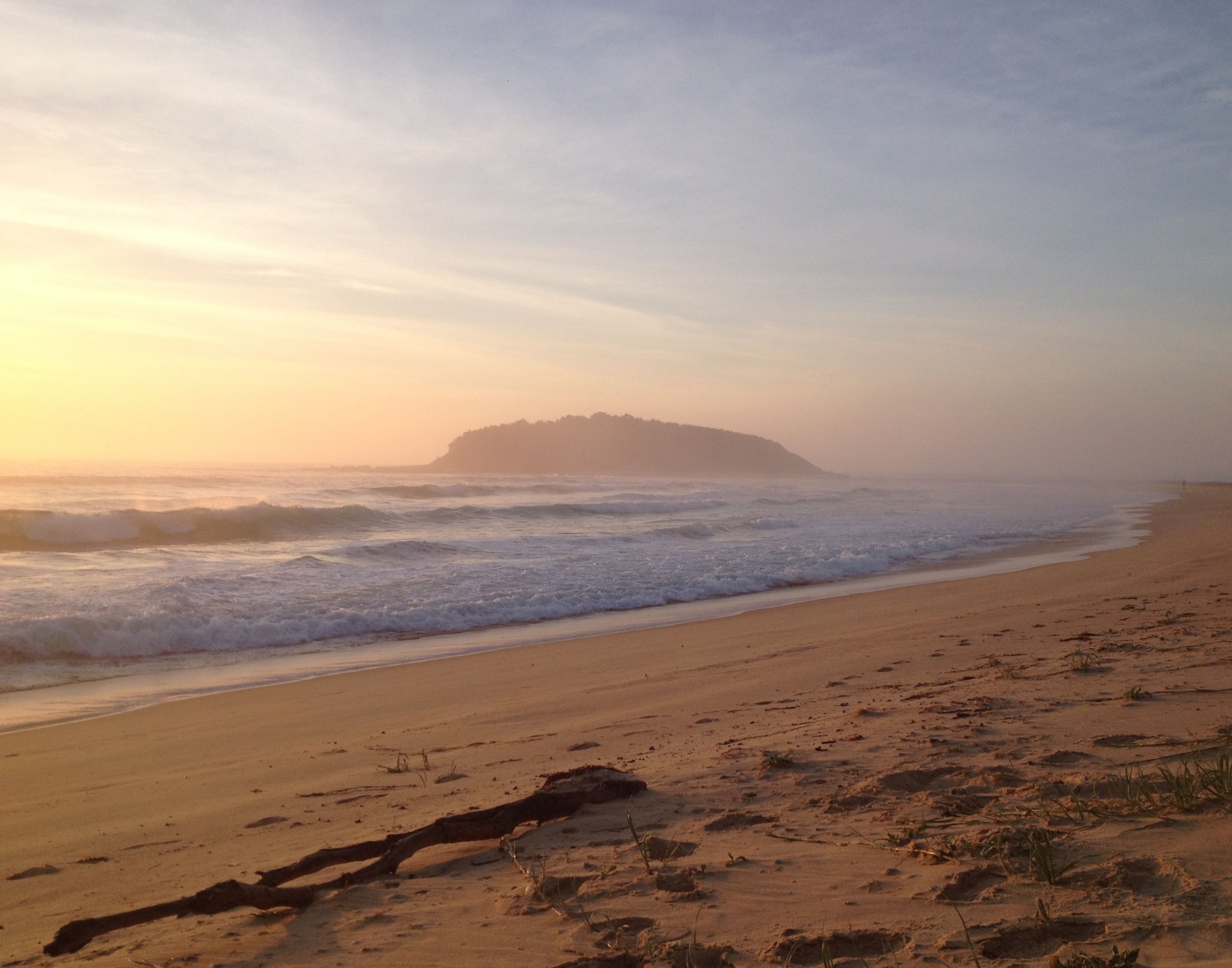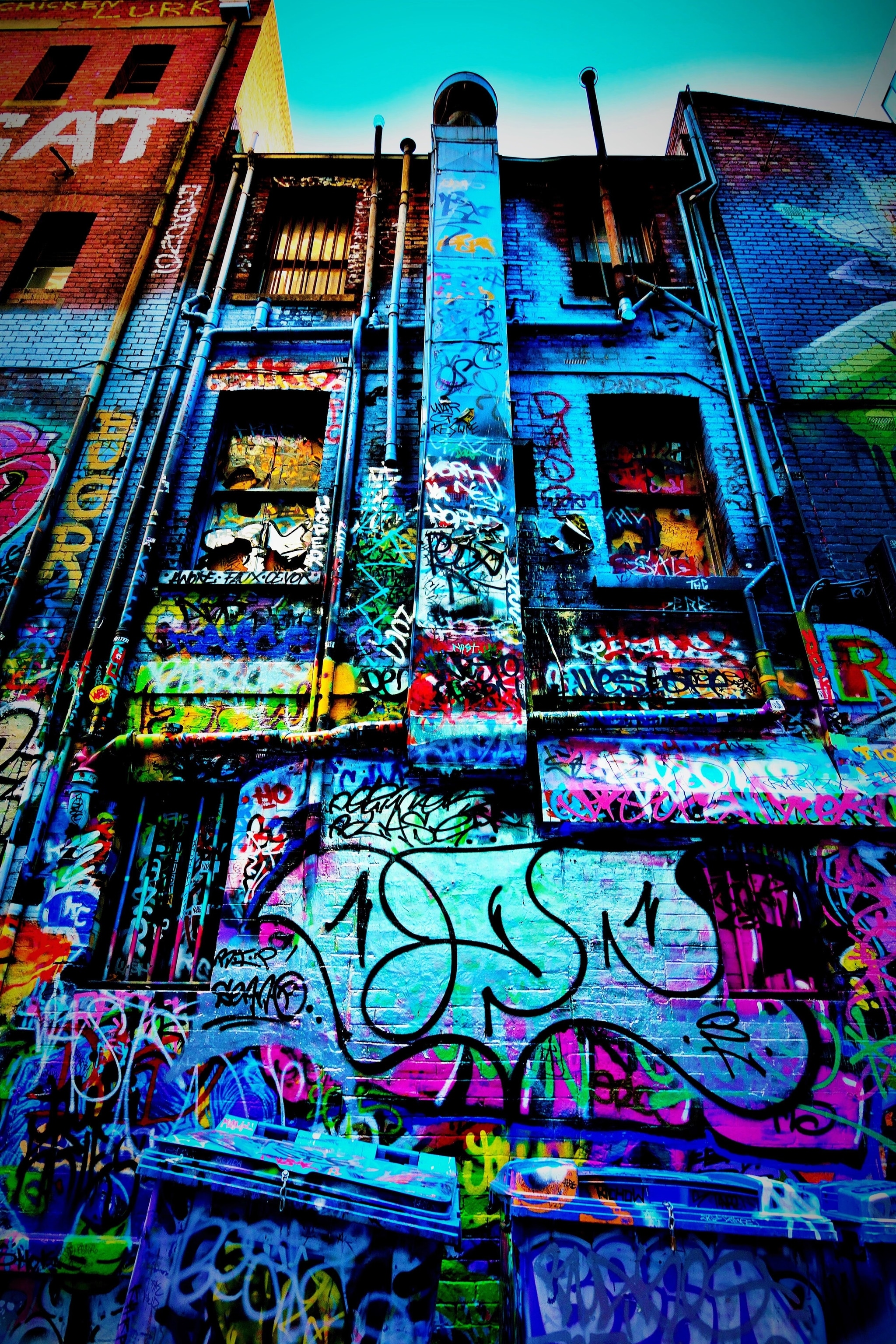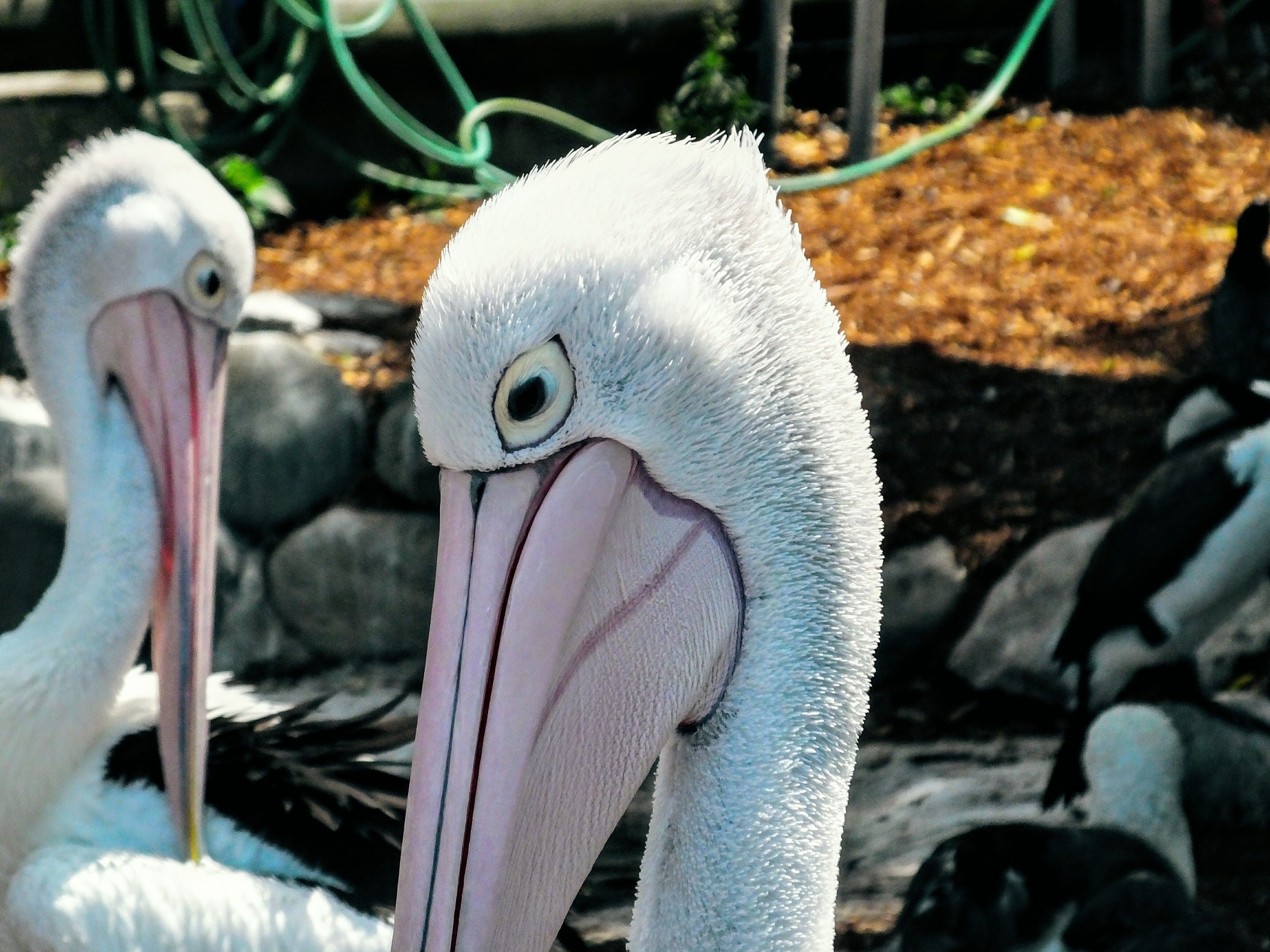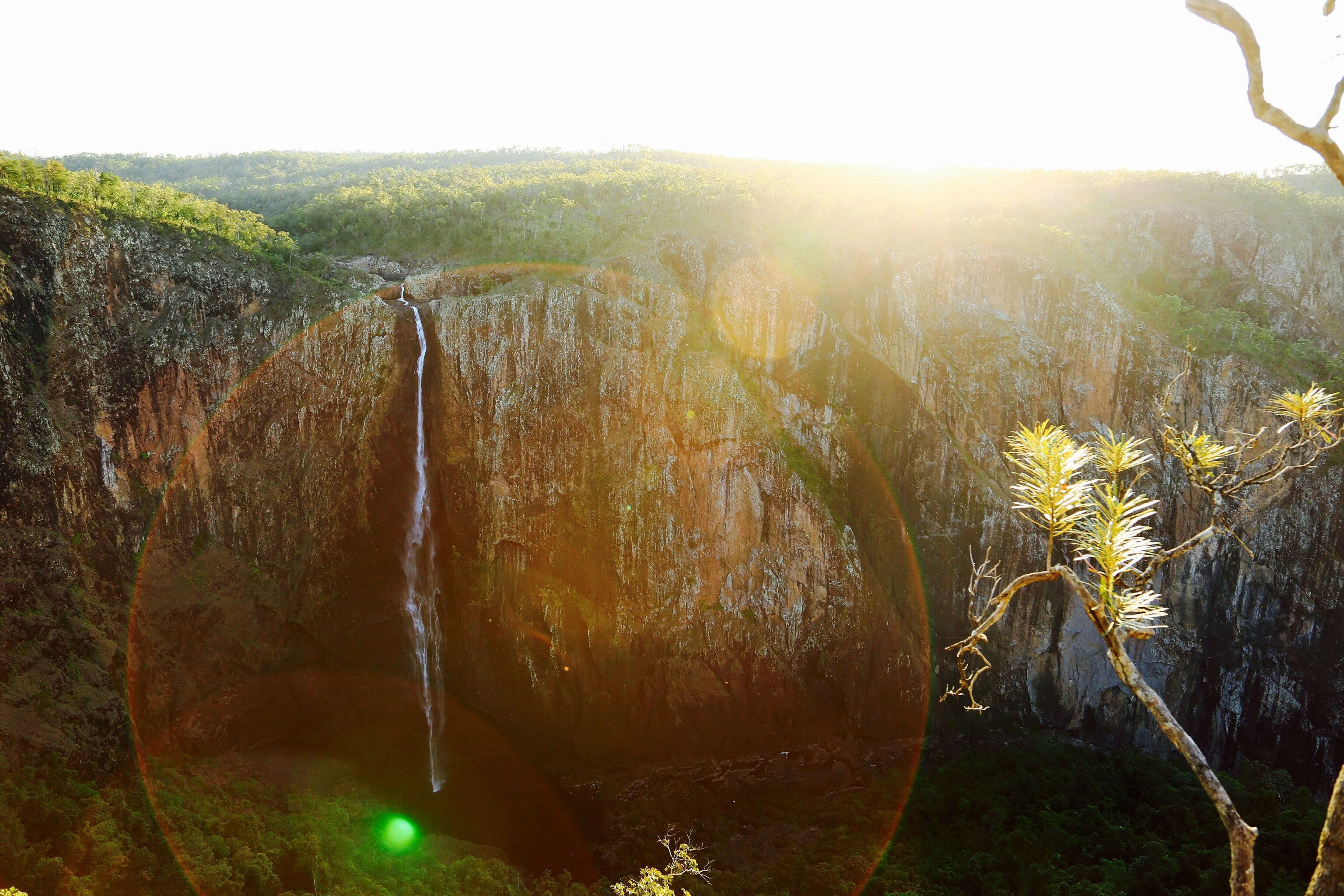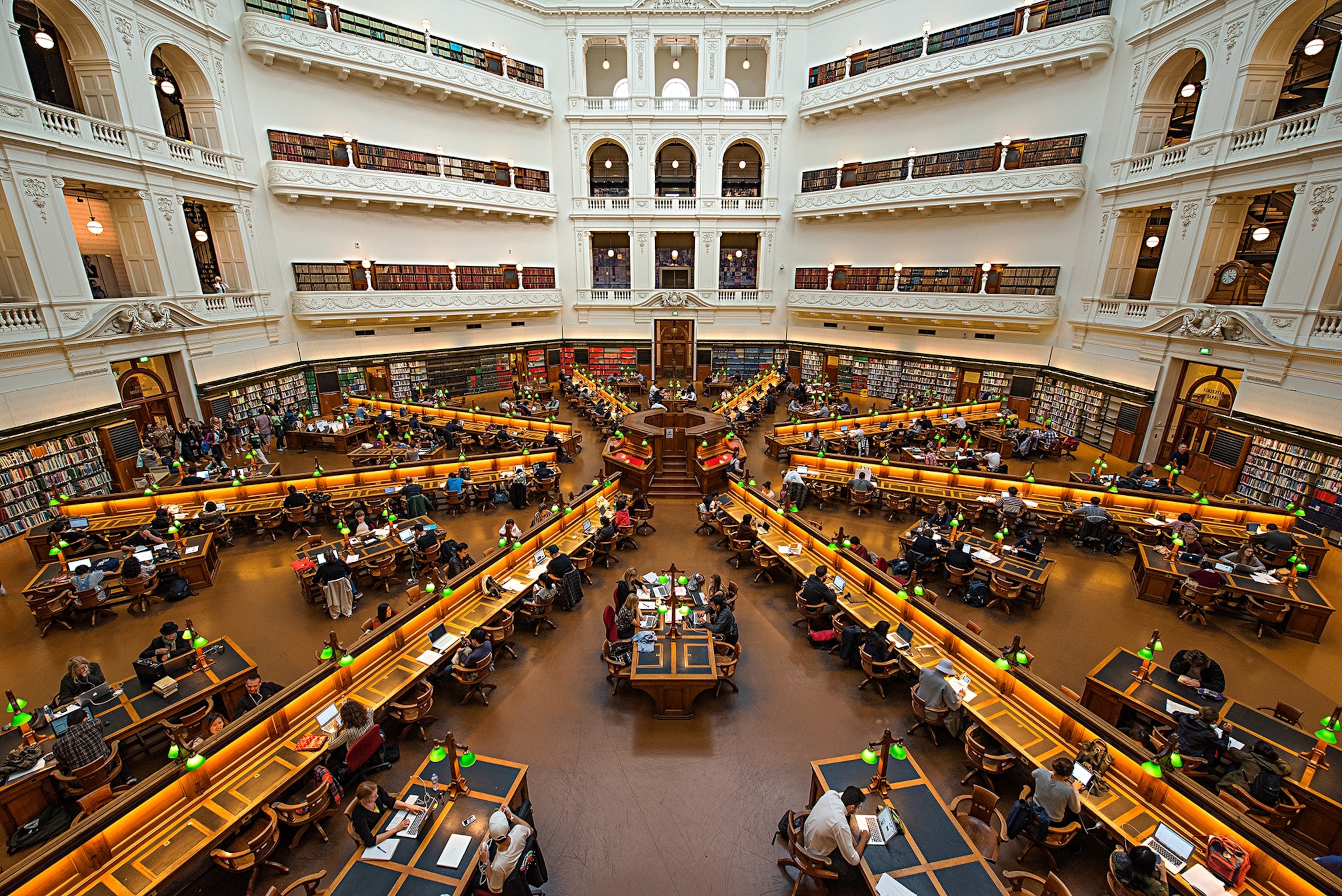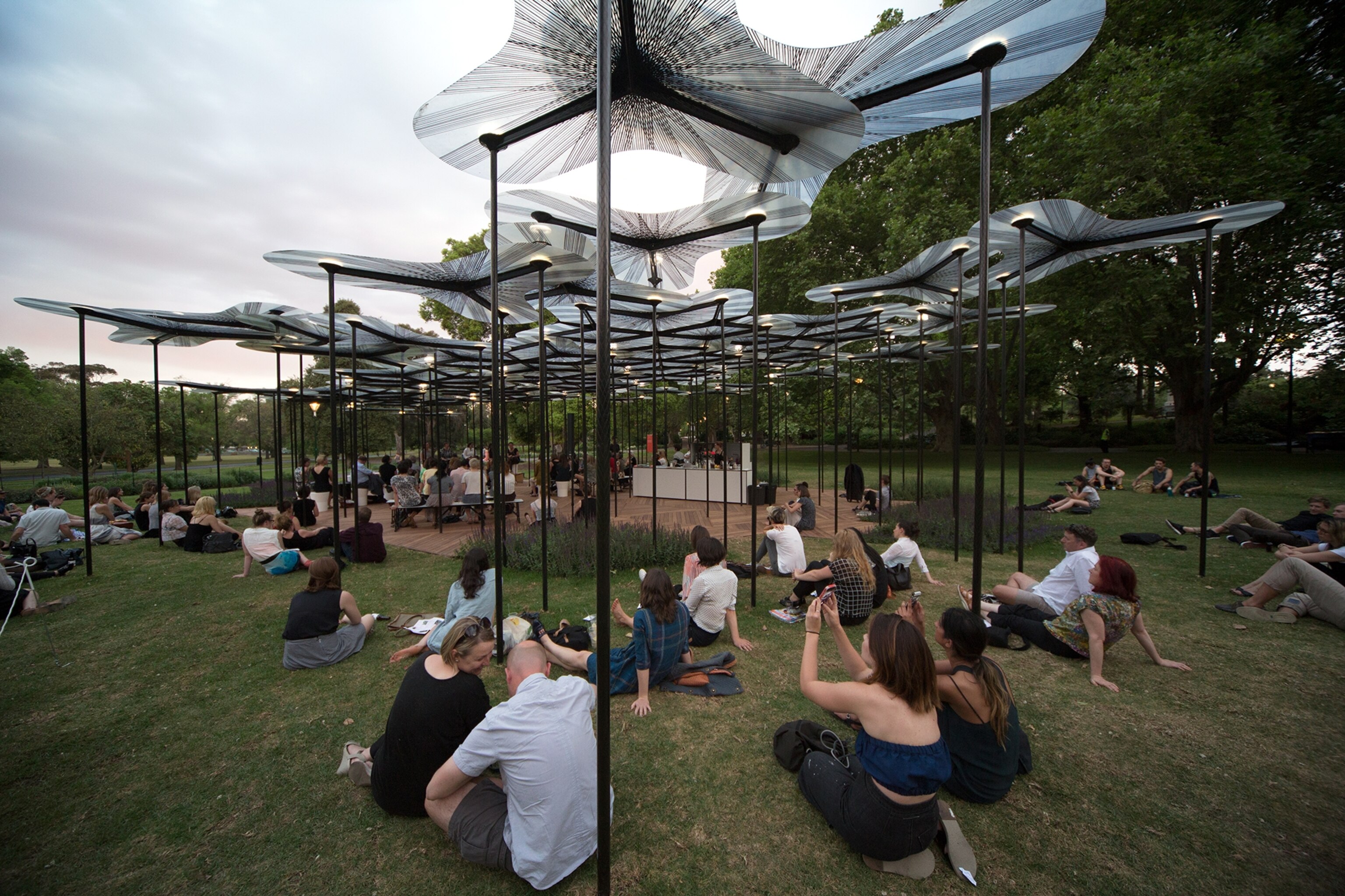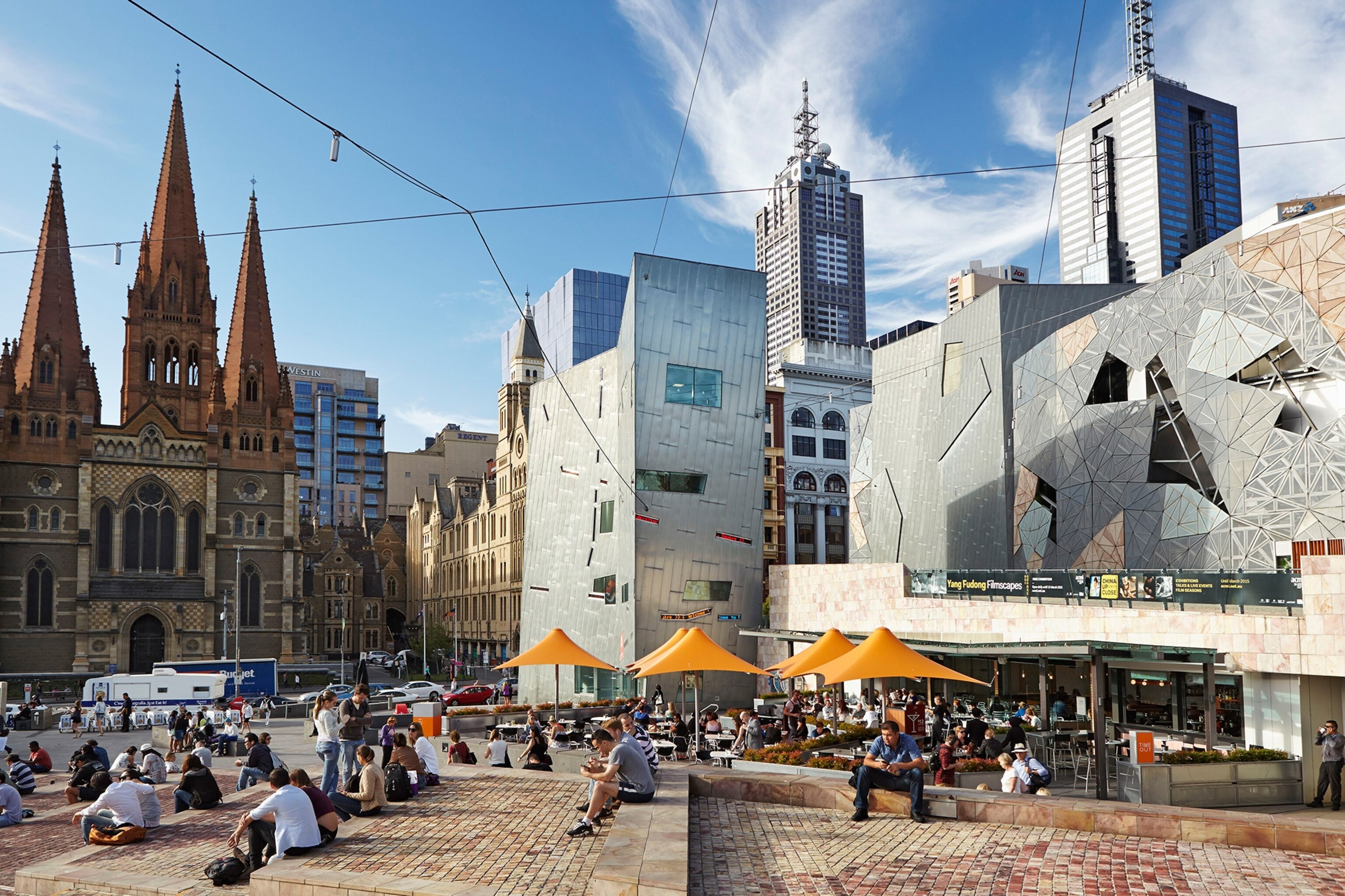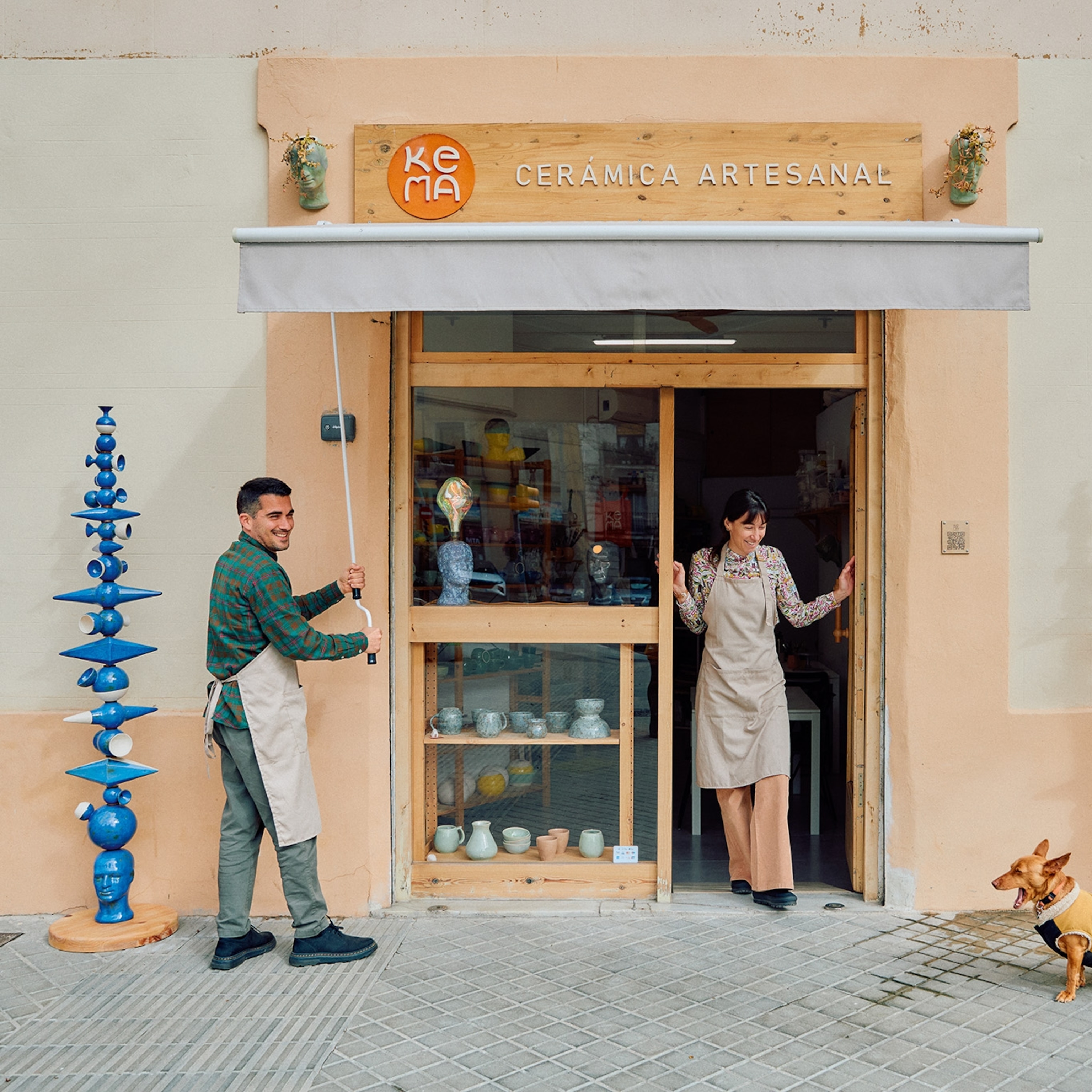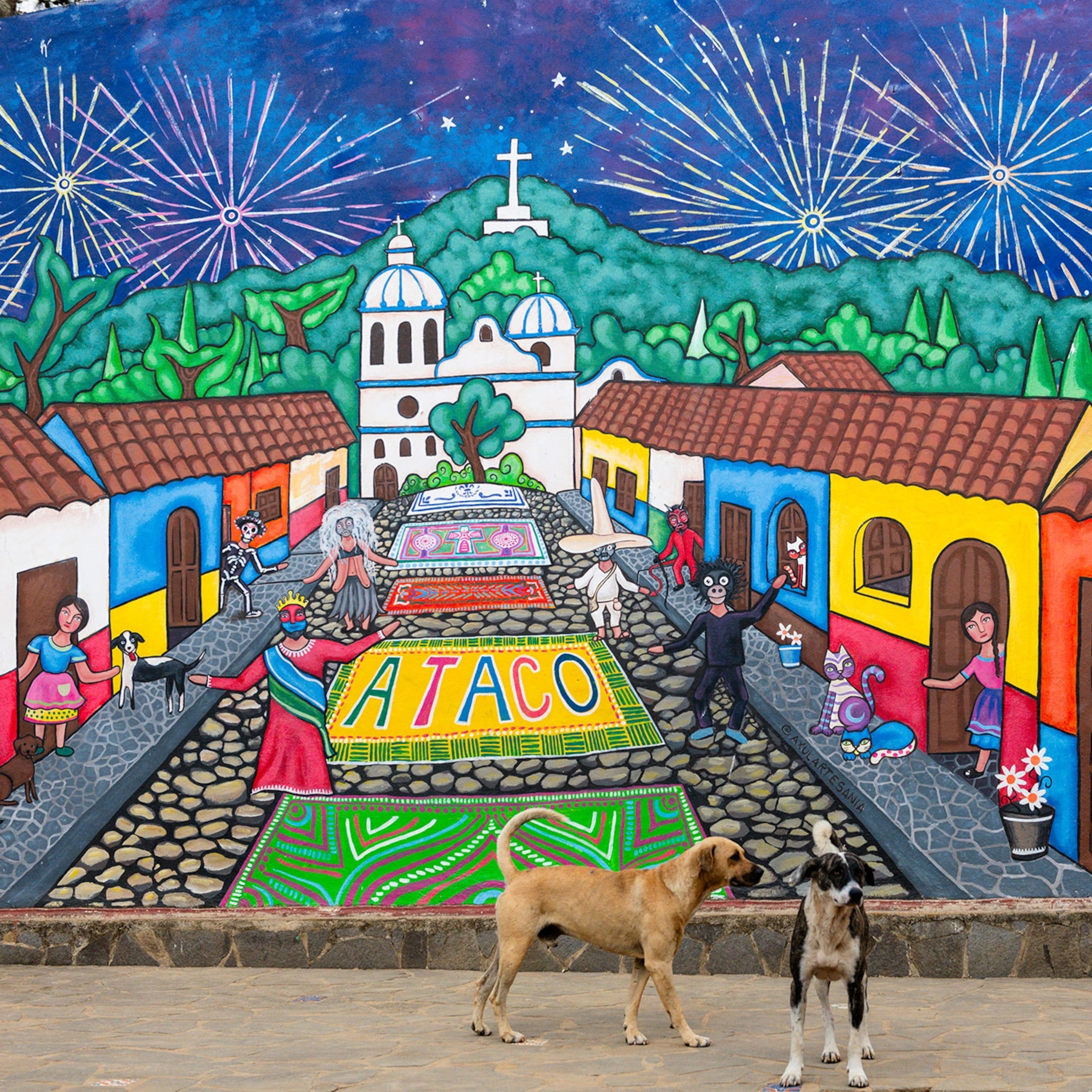
Melbourne’s Hippest Neighborhoods
Mornings in Australia’s second city begin with croissants and a “long black,” followed by fab street art, kayaking, and flying foxes.
Any promising day in Melbourne begins with a cup or two of coffee. Here, though, you don’t order just a “coffee.” Australia’s second largest city has its own coffee vocabulary. An Americano is called a “long black,” a velvety latte is a “flat white.”
I’m at Proud Mary, one of Melbourne’s buzzier cafés, in the onetime working-class suburb of Collingwood. Along with the nearby Fitzroy neighborhood, Collingwood makes up what you could call Melbourne’s Brooklyn. Streets such as Smith, Gertrude, and Brunswick are filled with cafés, along with one-off designer boutiques, art deco bars serving local microbrews, pocket-size sushi joints, and dandy hat shops. It can get a little precious; I heard the word “milieu” three times in one day. I like Collingwood a lot.
Proud Mary, named for the Creedence Clearwater Revival hit song, offers “cuppings,” where visitors crowd the work area to learn how to drink coffee properly. Yes, it can seem like a scene from the hipster-spoof TV show Portlandia (enhanced by the stereo playing ’80s rap). In fact, Proud Mary is opening a location in the U.S. coffee capital, Portland, Oregon.
“We’re not afraid of taking on anyone,” proclaims head barista Jak Ryan.
This morning I’m going for a long black. Ryan prepares a “sweet brew” with a new Ecuadorian bean he says he is “just getting to know.” Joining locals at a communal table as they down their breakfast, or “brekkie” (the most popular appears to be toast smeared with avocado and topped with a poached egg), I dutifully follow Ryan’s coffee advice: Spoon the drink’s frothy top layer toward me three times, sniff deeply, then taste.


For food, I wander backstreets over to Fitzroy, where I come upon a plain brown-brick warehouse that is home to Lune, a bakery that produces what some—including the New York Times—say may be the world’s best croissant. Lines often stretch around the corner. I’m lucky; only four people are ahead of me. As I wait to order, my attention beelines to a glass-walled baking station known as “The Cube.” Inside it, Cam Reid, who sports a mustache and man bun and helps run Lune with his sister, a former aerospace engineer, carefully stacks layered dough. When he emerges to take over DJ honors from the barista, also mustached, I ask him about baking.
“Right now, I am working in laminations of dough and butter,” he says. “We have to stretch and fold it for several hours to make the 27 layers.”
The flaky, twice-baked pecan pie croissant may be the tastiest thing I’ve ever eaten.
STREET ARTS
If coffee is one way Melbourne likes to tout its superiority over Sydney, art is another. Grand museums and low-key galleries dot the town. The Lyon Housemuseum, in suburban Kew, for example, occupies part of a private collectors’ home. But it’s the street art of the laneways—the back alleys once so connected with city vice—that makes Melbourne’s art scene most memorable. Shadowy laneways such as Hosier Lane are splattered with color. Spray-can graffiti “tags,” paste-up posters, and towering murals coat any available space on walls, sidewalks, doorways, drainpipes, and trash bins.
For a good introduction, join a walk with Melbourne Street Art Tours. Street artist Chris Hancock, who moved to Melbourne from Perth five years ago, leads my tour wearing a black beanie, black jacket, black jeans, and black high-tops. His energy never wanes on a walk that ends, with beers, at a private studio space he shares with other artists.
On the way Hancock points out a stream of things I would miss otherwise, including art by a who’s who of street artists—stencils by British-born Banksy lurk in one alley corner—and the difference between legal and illegal works.
Our group detours to view Hancock’s latest work, a “loose Purple Rain forest theme” running down the length of ACDC Lane (named for the Aussie hard-rock band). In it I see tributes to the recently deceased Prince and David Bowie.
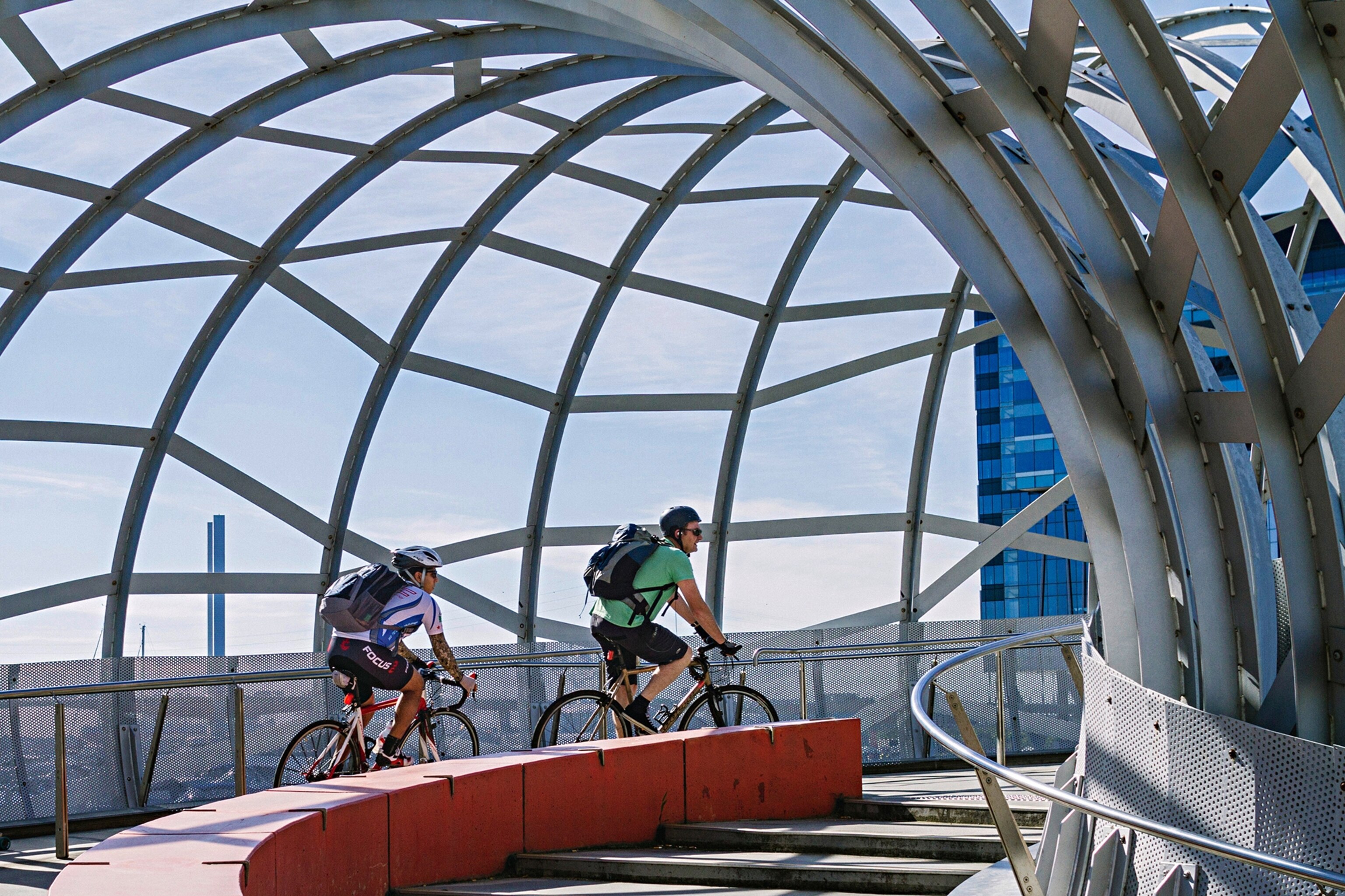

BIKING ALONG THE YARRA RIVER
Everyone knows that Sydney has golden sand beaches and fjord-like bays. But Melbourne, the first Australian host of the Olympic Games, in 1956, also is a notable outdoor destination. With less rainfall than Sydney and a generally flat layout, Melbourne is a great place to explore by bicycle.
I’m following a 25-mile trail that takes in meadows, public art, and the Yarra River. Leaving behind the central business district (CBD) skyline, it’s just me, a few joggers, and scores of red gums, a type of Australian eucalyptus tree that has grown here for thousands of years.
On my rental bike I follow a path that soon brings me to a scene straight out of the Cotswolds region of England. Sheep graze on emerald green grass before the steepled, 19th-century Abbotsford Convent, a former nunnery that now houses art galleries, “creative” studios, and eateries, and holds a variety of arts events—including workshops—in its Victorian interior.
Today’s offering is an “indigenous language workshop,” part of the Next Wave Art Festival that includes Abbotsford Convent as a venue. Mandy Nicholson, an artist with Aboriginal Wurundjeri roots, leads an audience through a slide show of Melbourne’s Aboriginal history, then holds up a walert-walert she made. A traditional cloak fashioned with many possum skins, it’s the first one that has been crafted here in more than a hundred years.
“It’s not just a piece of clothing,” Nicholson explains, but a “jigsaw puzzle” made of curvy Wurundjeri symbols that make up a “cultural map” of Melbourne. “We’re the oldest culture in the world,” she says. “And we’re still here.”
I continue cycling and soon cross the Yarra, where I come upon Yarra Bend Park—and an example of Australia’s at times freaky wildlife, flying foxes. Long absent from Melbourne, these winged members of the bat family have returned in the past few decades. Nowadays about 6,000 call the city home, with an additional 30,000 showing up in summer. Hanging from red gums in bunches, they look like orange-brown foxes wrapped in black ponchos. And they screech, even when napping, to the consternation of some locals. “They’re quarrelsome, noisy, and smelly,” says conservationist Robert Bender. They also are important pollinators and dispersers of seeds, functions integral to a healthy ecosystem. A 1970s native-garden movement led to the planting of indigenous trees, which replenished a food supply that flying foxes favor. Initially they moved into the cherished Royal Botanic Gardens, and many locals called for their extermination. Instead, the city, experimenting with noise machines, drove them to this less obtrusive spot outside the center. Today these intelligent animals, protected by law, are making a comeback.
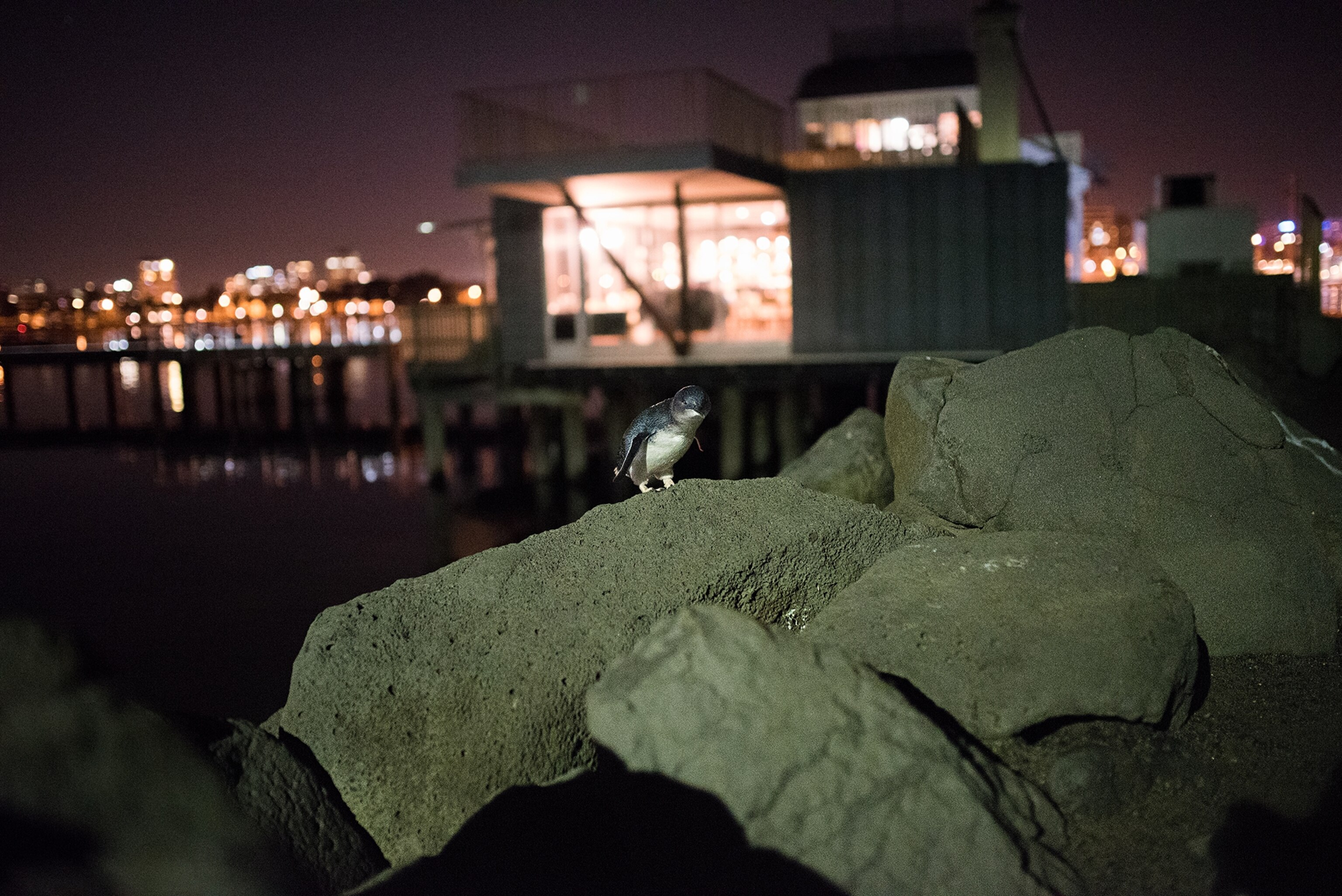
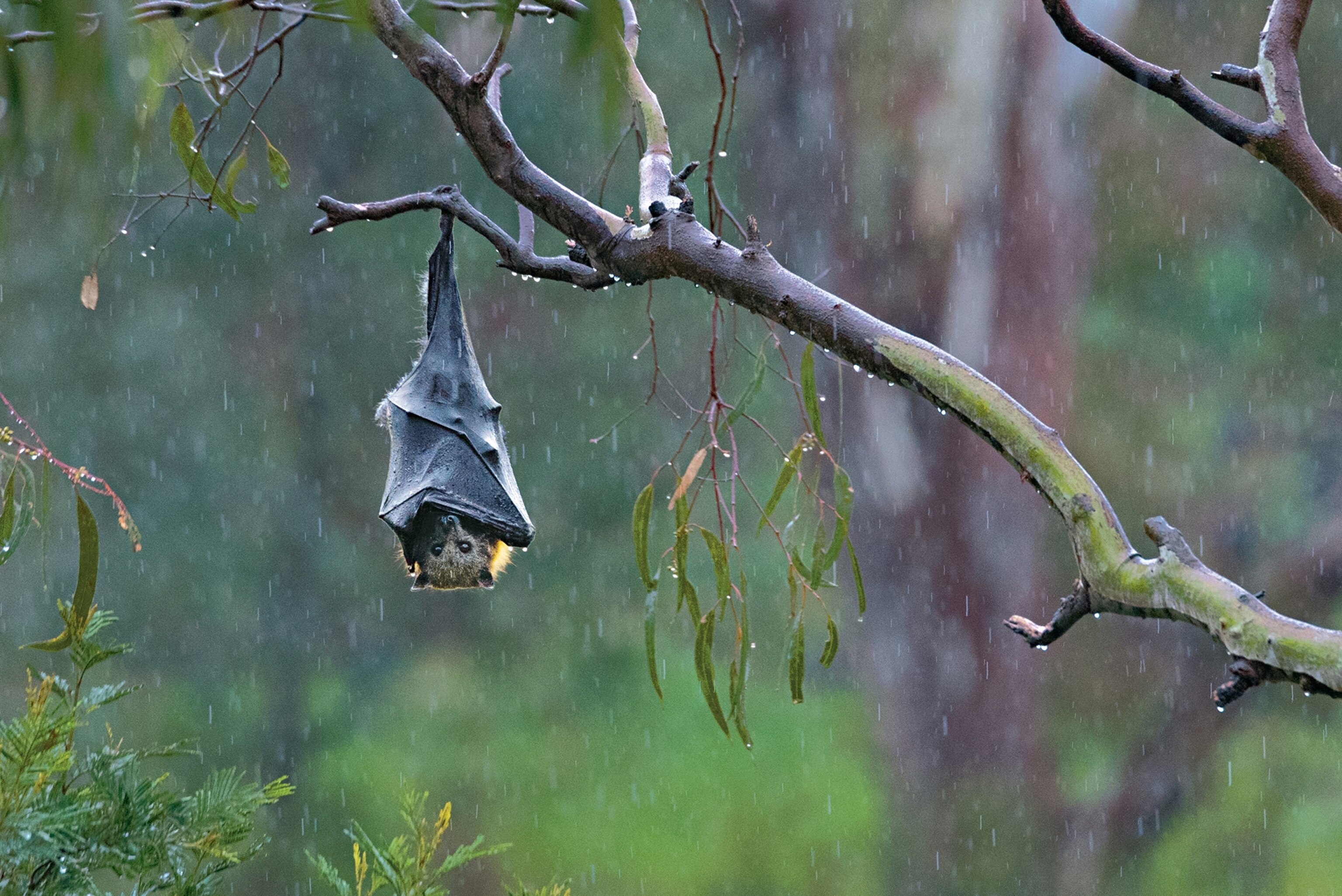
WALKING LUNCH IN FOOTSCRAY
For my midday meal I’m on a three-stop tour of Footscray, a suburb that has emerged from years as a crime-prone place many avoided. It’s said more than 35 languages are spoken here, loosely confirmed as I walk a few blocks from the Footscray Market’s fresh produce and packaged noodles—and pass by a Sudanese café, an Ethiopian injera bakery, an Afghan kebab house, Chinese therapy shops, and sidewalk grills cooking Vietnamese nuong (pork).
I start my lunch with crumpets and jam at Rudimentary, a year-old café with garden boxes made from reclaimed railroad ties and an eating area carved out of four shipping containers. “It’s designed to be portable,” says Rudimentary’s 28-year-old founder, Desmond Huynh. “My dream is to move this to the mountains and make a climber’s pad.”
Next I head to nearby Little Saigon Market. Unassuming on the outside, inside it’s a whirl of activity, with sellers hawking tropical fruits and freshly carved meats. In one corner I find Co Thu Quan, a five-year-old eatery specializing in Vietnamese street food, including many rare-to-find Hue-style appetizers from central Vietnam. Looking for something small, I settle on banh trang cuon, delicious mini rice-paper rolls filled with crunchy beef jerky, fried shallots, sour mango, and dried shrimp.
I finish my lunchtime feasting a couple of blocks away, at Konjo, an Ethiopian restaurant run by Ethiopia-born Abdul Hussen. Hussen made it to Melbourne 13 years ago by way of refugee camps. His small café offers the full traditional Ethiopian coffee ceremony, along with flatbread made with ensete root flour. I go with (yet more) coffee and a bowl of a flavorful bean stew called ful, cooked in tomatoes, onions, and herb-seasoned kibbe butter that Hussen makes himself.
“Everyone mixes here, people accept each other,” he tells me, adding that a neighborhood writers’ group met at his restaurant the previous day. “I hope it never changes.”
FOOTY TIME
Everyone in Melbourne—and I mean everyone—“barracks,” or roots for, one of Melbourne’s many “footy” teams, as Australian football is known. Visit from late March through early October, and you’ll spot fans flocking to oval fields in city parks or to the historic Melbourne Cricket Ground, which seats 100,000. Footy is Melbourne’s own sport. Played here since 1858, it only spread to the rest of the country, professionally, in 1982.
I’m at the Etihad Stadium in anticipation of watching two local teams play: the undefeated North Melbourne Kangaroos and the St. Kilda Saints. The Saints are something of a doomed Down Under version of the Chicago Cubs. (They’ve managed only one championship in their 143 years.) In a stadium room I find the St. Kilda Social Club, fans with gray hair and matching Saints shirts, clutching beers as they convene in a game-day tradition. The biggest Saints fan may be Georgie Day. She jokes that she has missed only two games since 1962, after she moved here from Edinburgh. “I was having my kids those days,” she explains, then adds, “This really is a family. After my daughter’s husband died in October, the team brought her food for a week. I love this team.” Day has created a Saints museum and even takes memorabilia on the road when the team plays away games.
So, yeah, I’m barracking for the Saints.
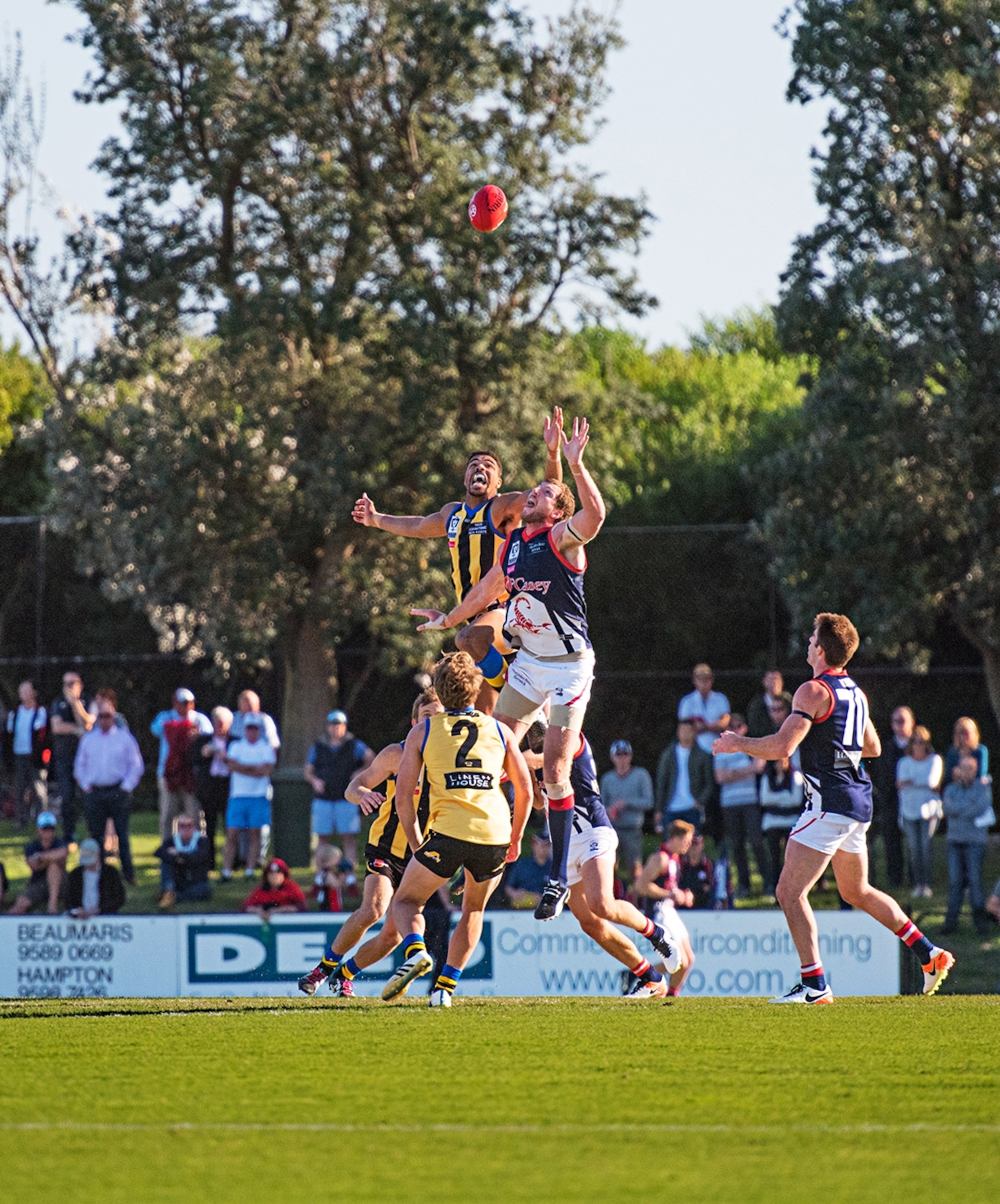
I sit in the top deck (seats up here run about $25). All around me fans wear team scarves and hold Four’N Twentys, steak pies that are to footy what hot dogs are to baseball. A ripple of “oohs” follows a great catch but otherwise everyone sits library quiet; unlike American pro sports, no PA system noise distracts you from the match. And the game is irresistible. It’s basically a big wild ramble in which players—wearing tight-fitting shorts, muscle shirts, and no helmets—bounce or punch the ball to teammates. Trainers wearing pink enter the field during play to relay instructions. Scoring is accomplished by punting the ball past skinny posts. If a player misses slightly, it’s okay; refs award a point.
After the North Melbourne ’Roos inevitably win—they’re playing the Saints, after all—their old-fashioned team song pumps out of the speakers. I follow kids and parents as they flood the field to punt footy balls back and forth, and soon am ducking as balls crash into the grass to my left and right.
SUNSET KAYAK
Rising just west of Melbourne’s CBD, the Docklands neighborhood is a sea of gleaming glass condos and office towers. I’m viewing it from an unusual vantage point—bobbing in a kayak on the Yarra River in the Victoria Harbour precinct beneath a pinkish purple sunset.
“This is a city of four million, and yet you and I have this waterway to ourselves,” says my guide, Kent Cuthbert, who founded Kayak Melbourne.
Part of the reason is the Yarra’s recent history as a dirty river, due to industrial run-off. But things may be changing.
- National Geographic Expeditions
“It’s now one of the cleanest city rivers I know,” Cuthbert says. “Seals have been returning; I saw one under a bridge a while back eating an eel.”
We pause for a floating fish-and-chips meal as we watch Melburnians work out in an all-glass fitness center. Resuming our water tour, we glide under low bridges, watch a fire show by a waterside casino, then paddle toward what look like two tall goalposts flanking the Bolte Bridge.
“Yeah, they’re ornamental,” Cuthbert says. “They’re that high to be higher than the Sydney Harbour Bridge.”
I love these stories of urban competition, even if they’re not true. (Turns out the Bolte towers are just short of surpassing the height of Sydney’s hallowed icon.) What is telling is the spirit: Melbourne does whatever it takes to beat Sydney.
As we paddle on, I think, Melbourne needn’t worry. It more than holds its own.
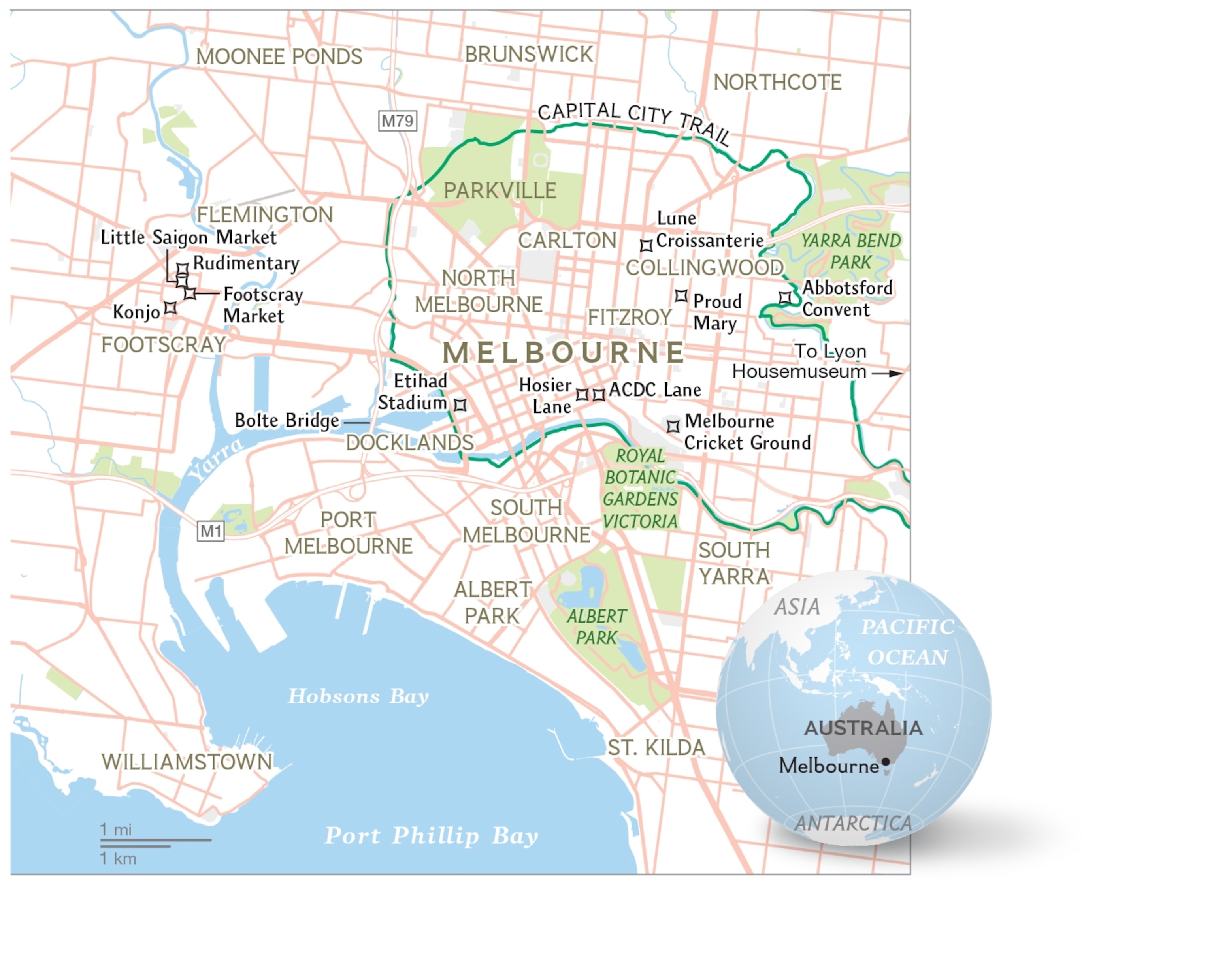
Melbourne Stays
The Blackman Hotel: One of five Art Series hotels inspired by Australian artists, the boutique 209-suite Blackman, named for and displaying works by painter Charles Blackman, is near the Royal Botanic Gardens. From $150.
District South Yarra: Travelers who prefer space will like these sleek one-, two-, and three-bedroom apartments with kitchens and sitting areas. From $99.
The Prince Hotel: Minutes from the beaches of Port Phillip Bay, this casual design hotel with an award-winning restaurant is in the vibrant southern neighborhood of St. Kilda. From $115.
Go With Nat Geo: See Melbourne and other parts of Australia on National Geographic Expeditions’ 12-day “Tasmania to the Great Barrier Reef” trip, 12-day “Explore Australia” Journey, and 22-day “Explore Australia and New Zealand” Journey.
National Geographic Traveler Digital Nomad Robert Reid now dreams of becoming a trainer wearing pink at a Melbourne footy match.
